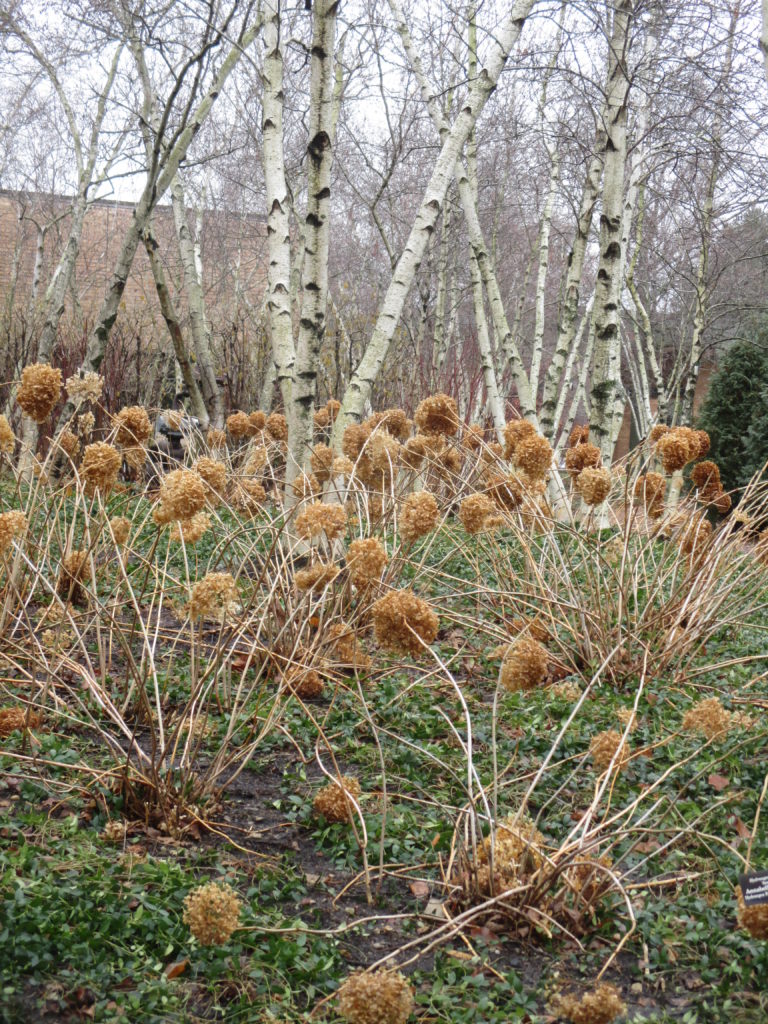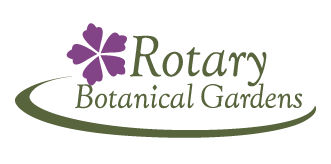Enriching lives through beauty, education, and the arts.
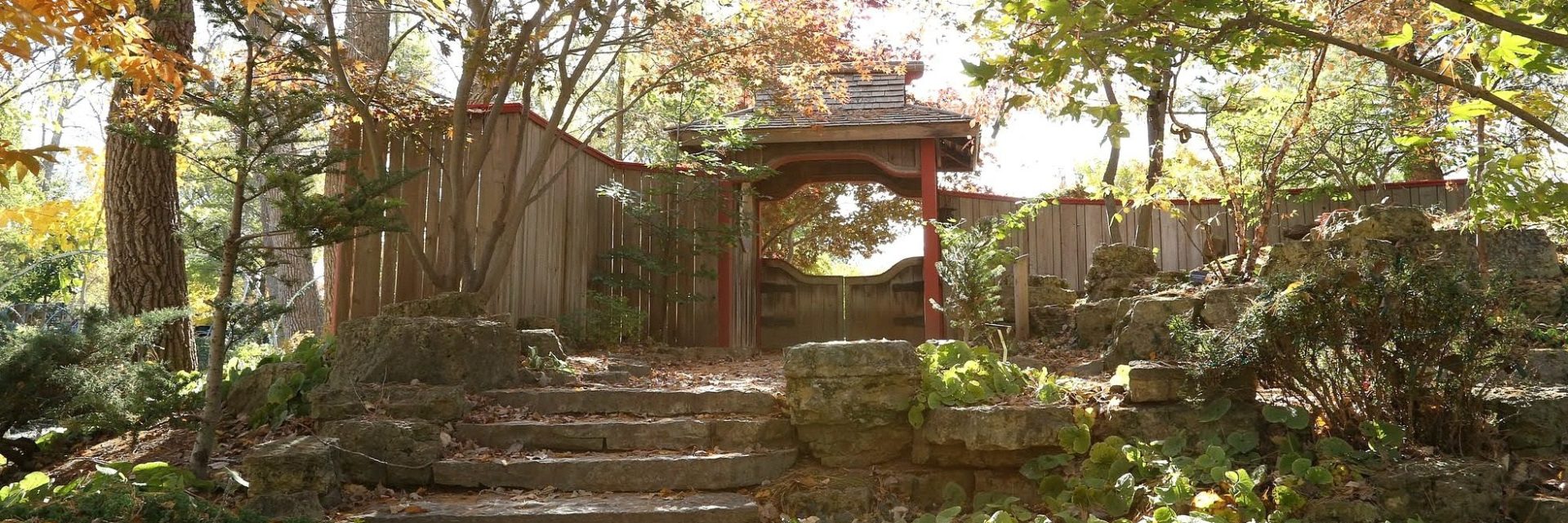
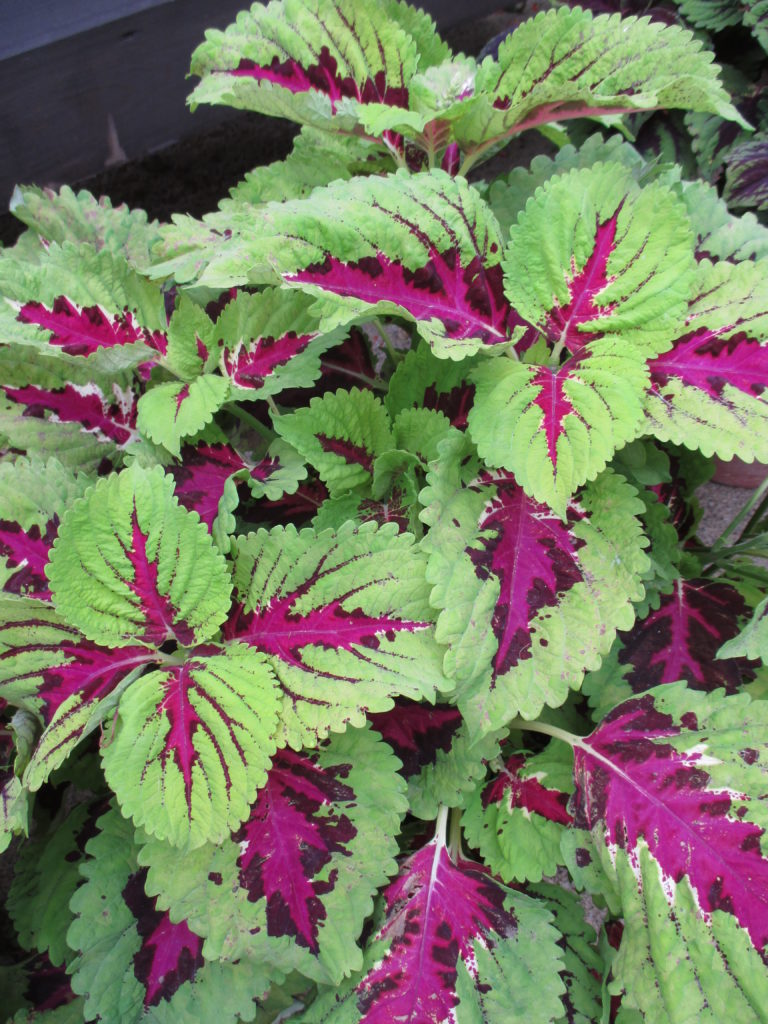
As I continue to make plant and seed orders daily, one of my favorite seasonal collections to consider is what we’ll be planting and displaying in our three demonstration beds. These three curved beds (about 800 square feet total) are located just west of the arboretum towards the sunken garden. These beds displayed a great selection of Caladium varieties last year and previous collections featured in this space also include annual gloriosa daisies (Rudbeckia hirta), moss roses (Portulaca sp.), globe amaranths (Gomphrena sp.), cosmos (Cosmos sp.), flossflower (Ageratum sp.), marigolds (Tagetes sp.), amaranth (Amaranthus sp.), cannas (Canna sp.), annual salvias (Salvia sp.) and much more. I think these beds have been around for over 13 years so I may be forgetting a couple collections. It’s been fun to do side by side comparisons and we photograph every variety many times. Some of our favorites inevitably end up back in the gardens in later years.
Our collection this year will feature coleus (Solenostemon scutellarioides) selections. More specifically, it will focus on those varieties that are still available as seed. We use lots of coleus at the gardens including many of the new, fancy varieties that are produced vegetatively (not offered as seed). We love all of our coleus but this collection of seed grown coleus will show the amazing spectrum of what is still offered in the seed catalogs. The Kong® series of coleus (many featured in this blog) will be included and are some of my favorite selections for bold foliage. While many coleus will tolerate full sun given ample moisture, this series (first Kong® selections introduced over 10 years ago) is known for excellent shade tolerance and massive leaves. Full sun can be tough on these varieties. The Kong® Jr. Series is newer and shows some different colors on plants that are roughly 30% smaller in terms of leaf size and overall stature as compared to the larger Kong® series. Regardless, there will be plenty more varieties of coleus in these beds and we hope to display over 80 selections. The variety above is Kong® Rose.
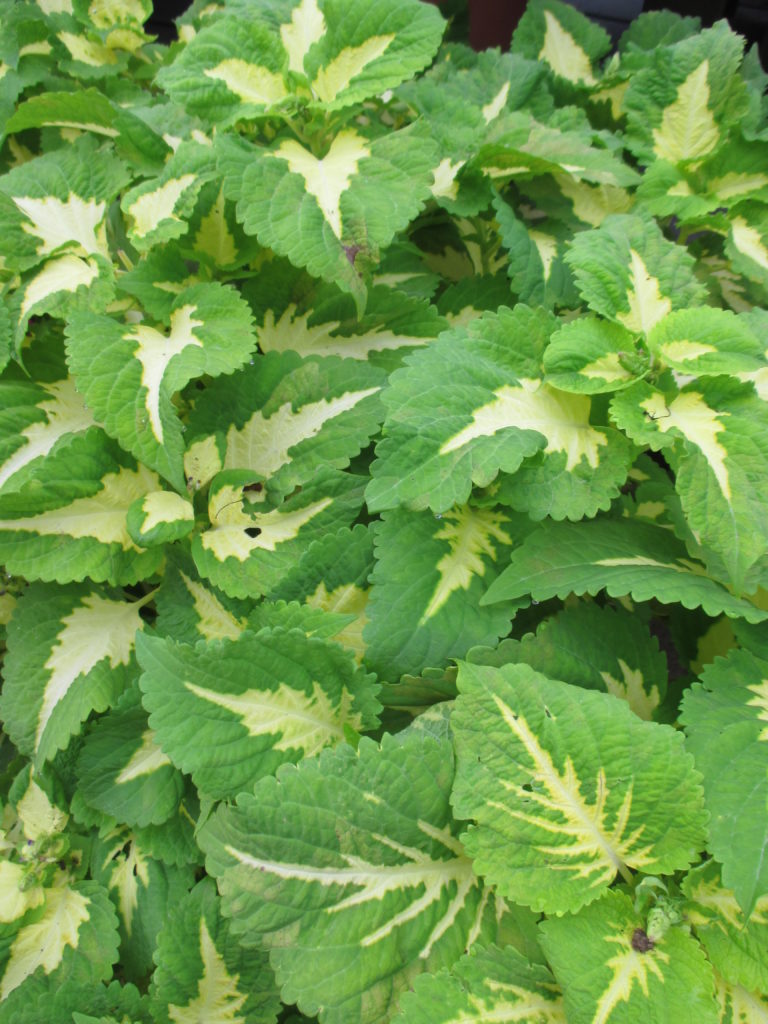
Kong® Jr. Green Halo
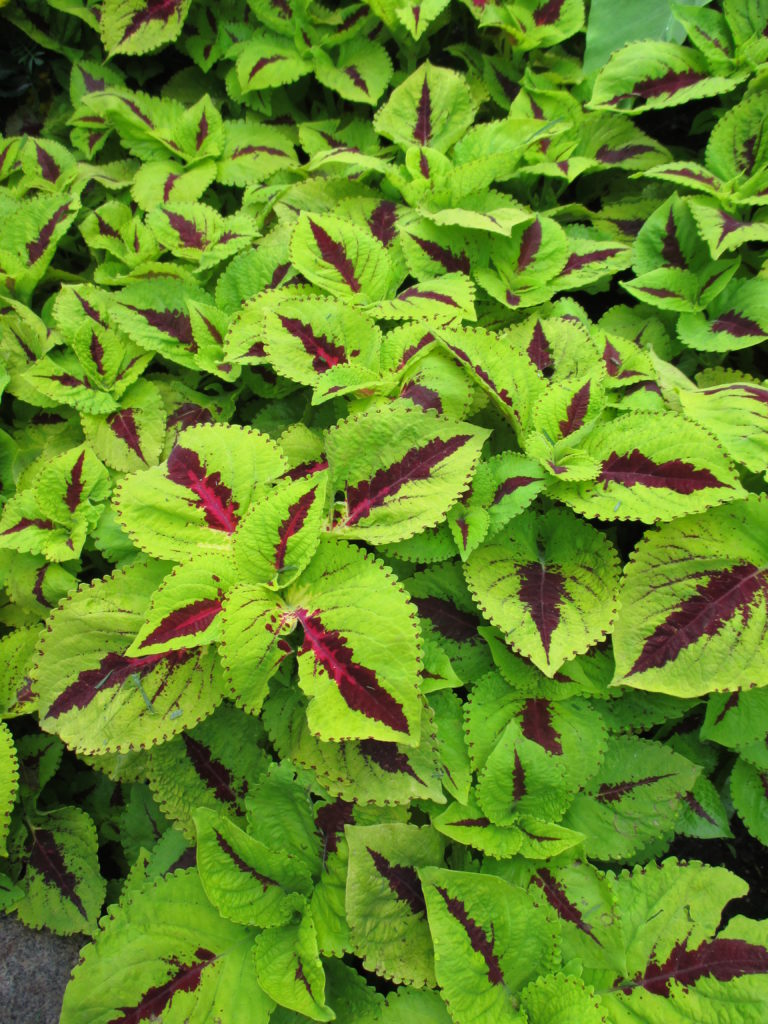
Kong® Jr. Lime Vein
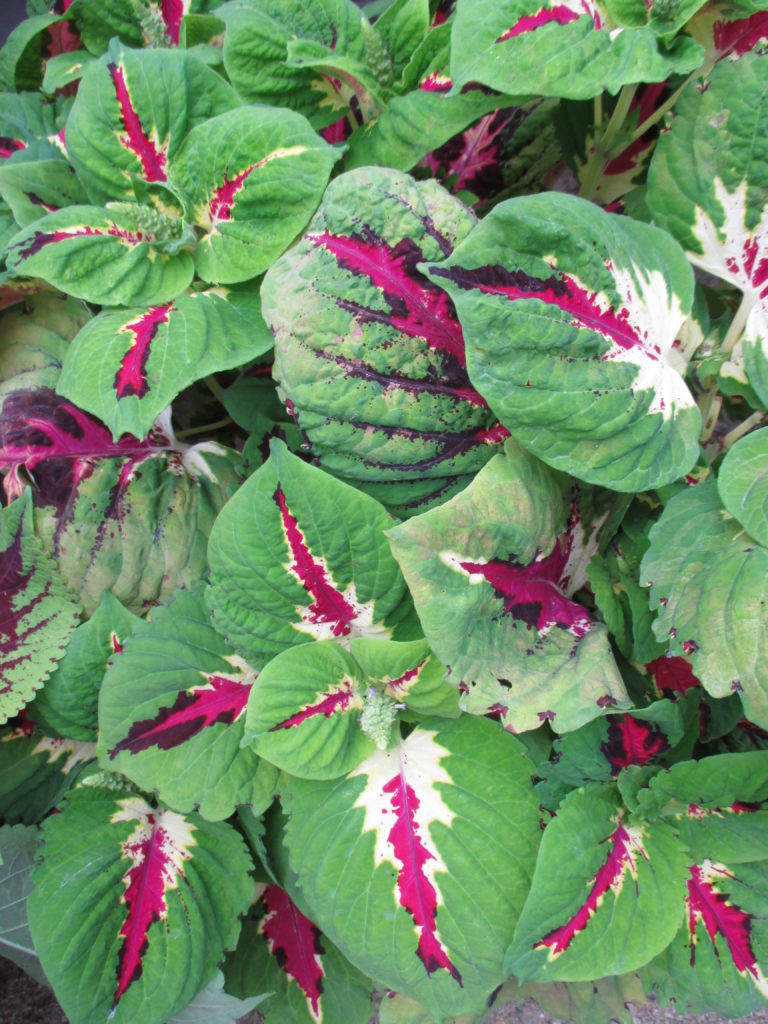
Kong® Jr. Rose
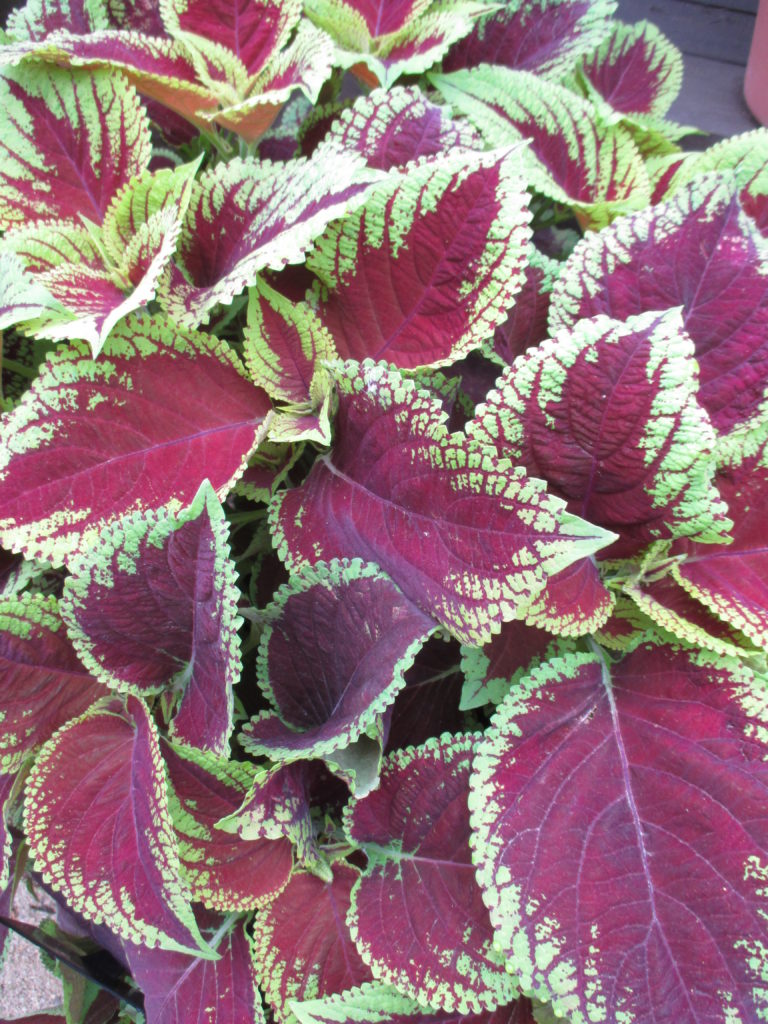
Kong® Jr. Scarlet
![]()
Kong® Lime Sprite
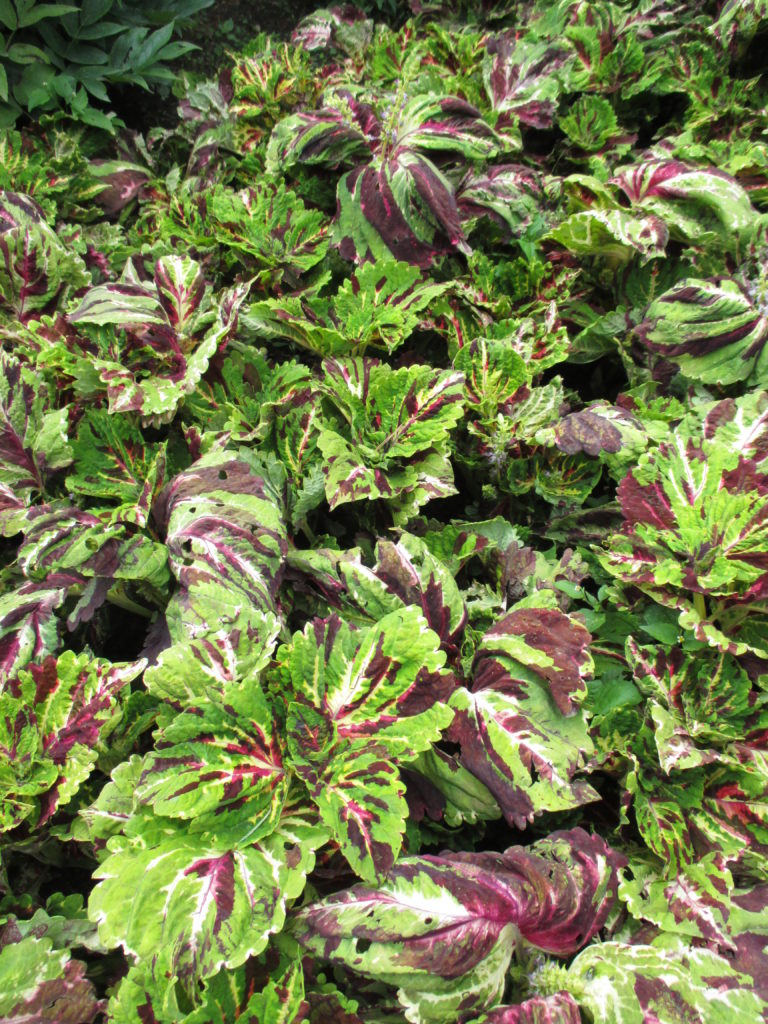
Kong® Mosaic
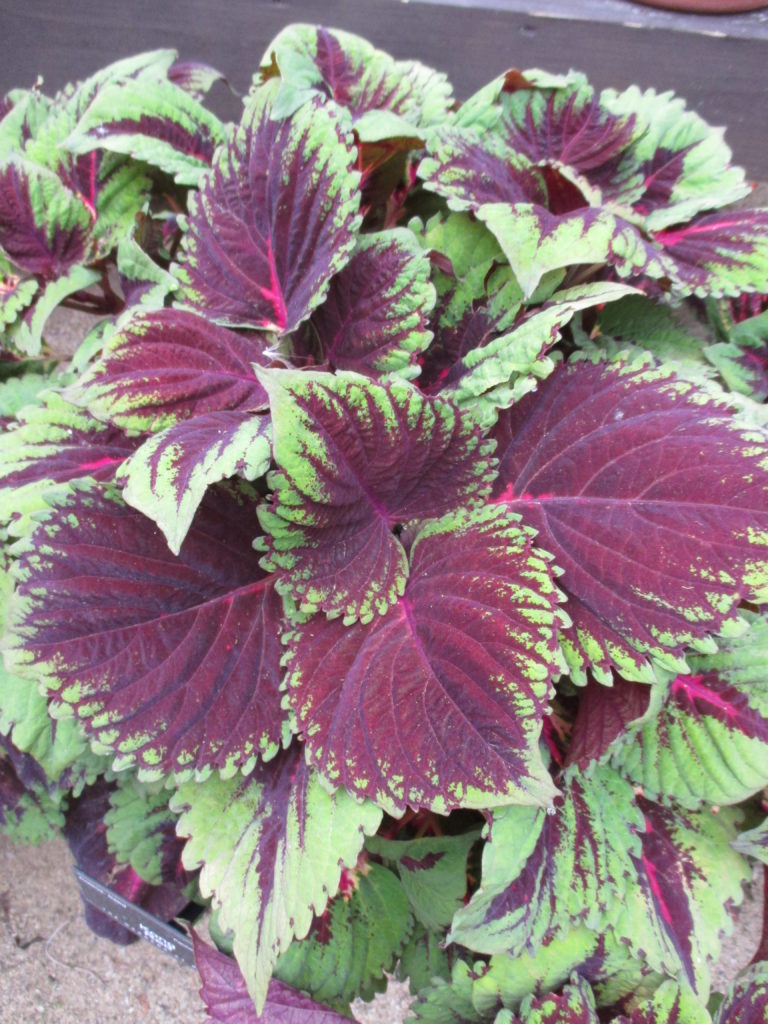
Kong® Red
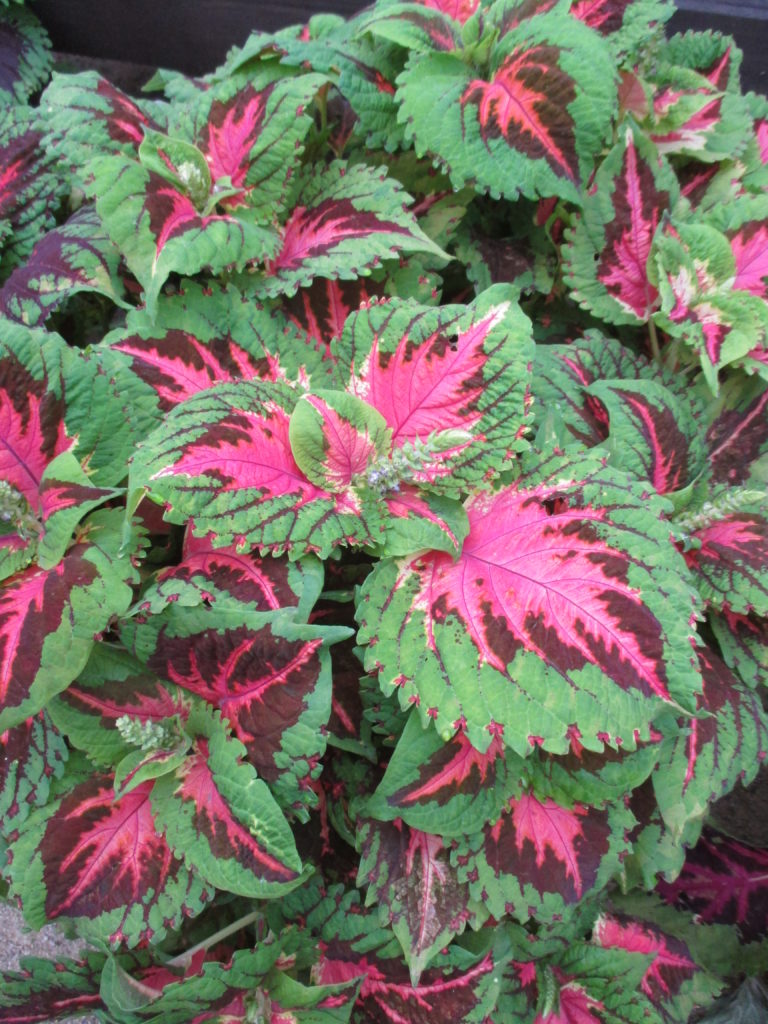
Kong® Salmon Pink
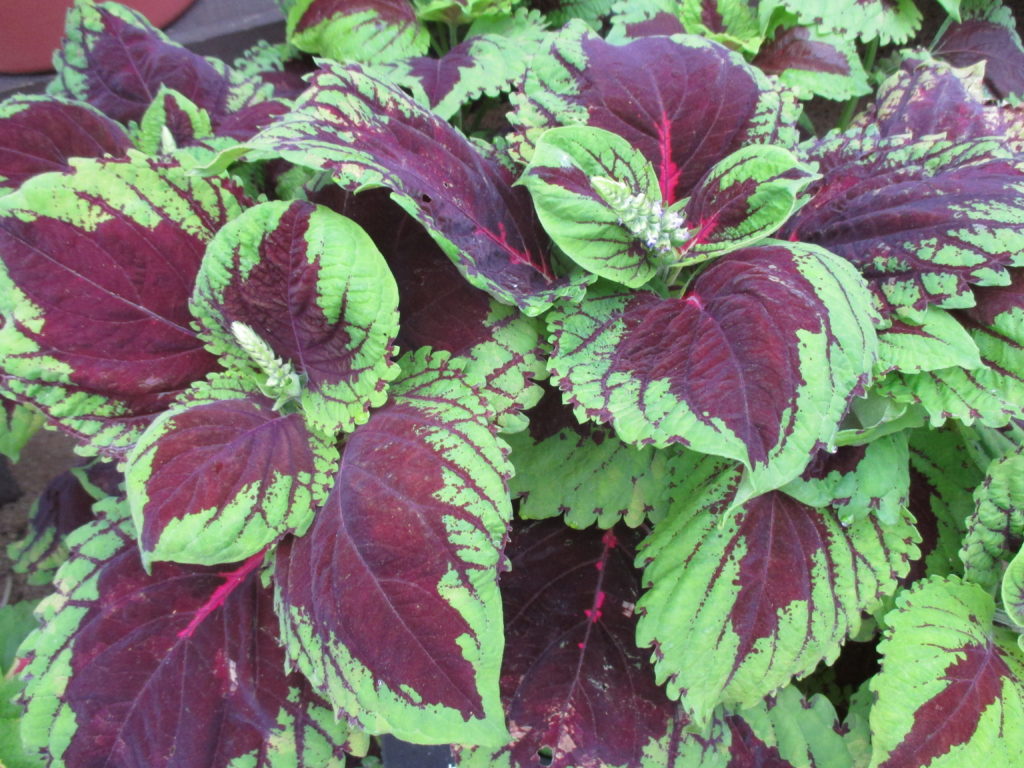
Kong® Scarlet
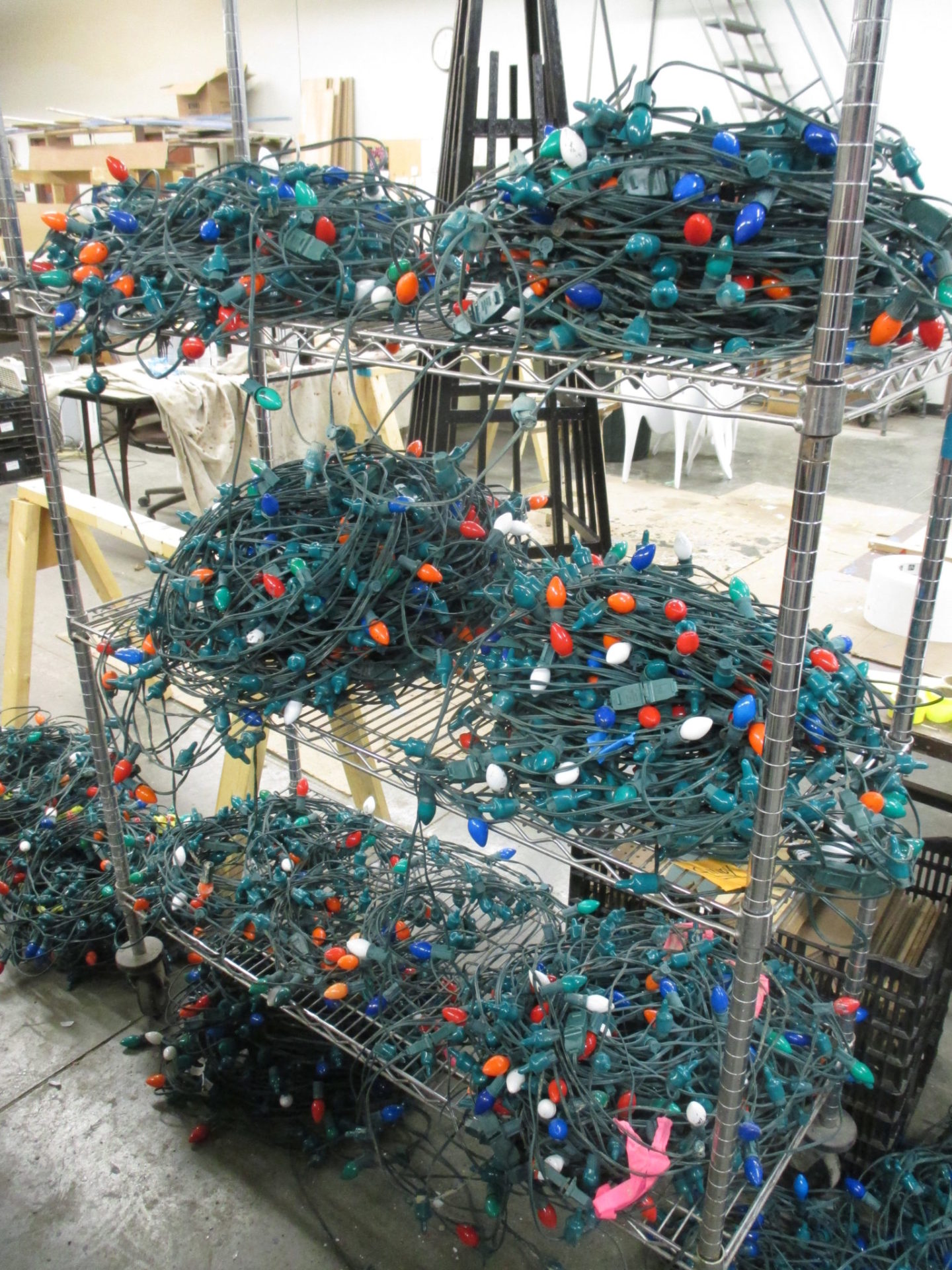
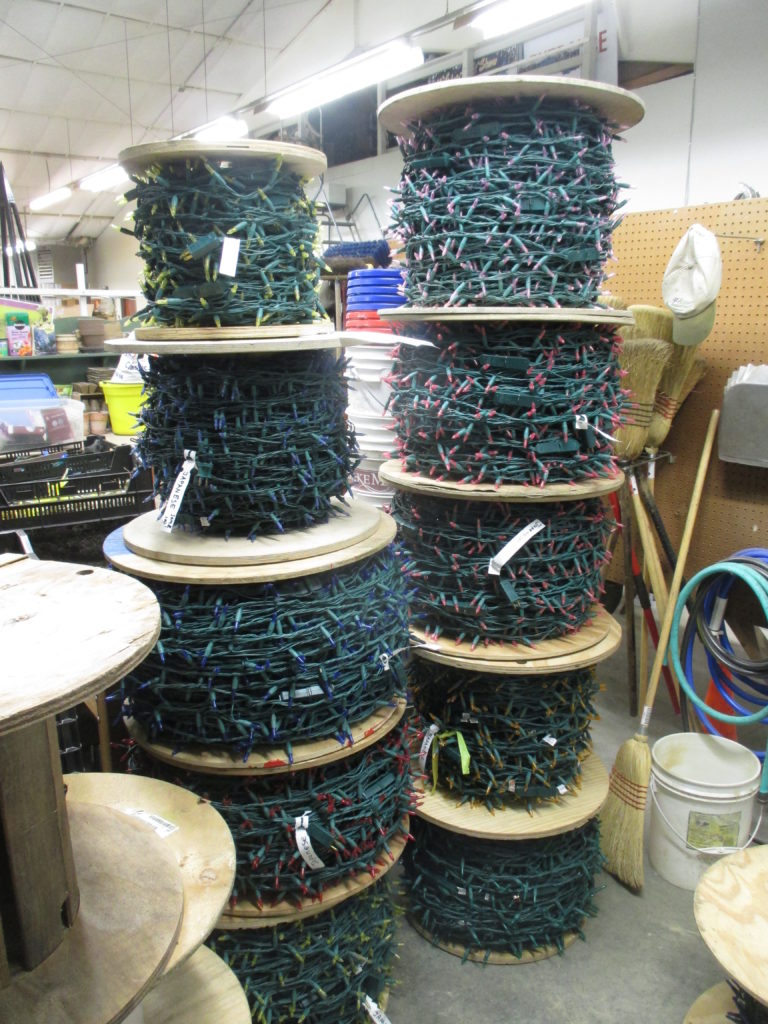
Although the Holiday Light Show (HLS) is officially over for visitors, the long process of taking down the show continues on a daily basis. These images, taken this morning, show some of the lights and cords that end up back at the Horticulture Center for processing. Larry H., Larry O., Big John and Cindy are leading the charge as grounds staff with retrieval, processing and storage. We’ve had recent (and significant) help with this process from Bill O., Dennis J., Alan M. and many others with more volunteers trickling in for this three month process. Ron P. had “re-started” his efforts with lights repairs. We test everything before it is stored which allows for proactive repairs and saved time next fall when everything comes out again. Recent mild weather has been nice for getting out in the gardens but we certainly realize that winter isn’t over yet!
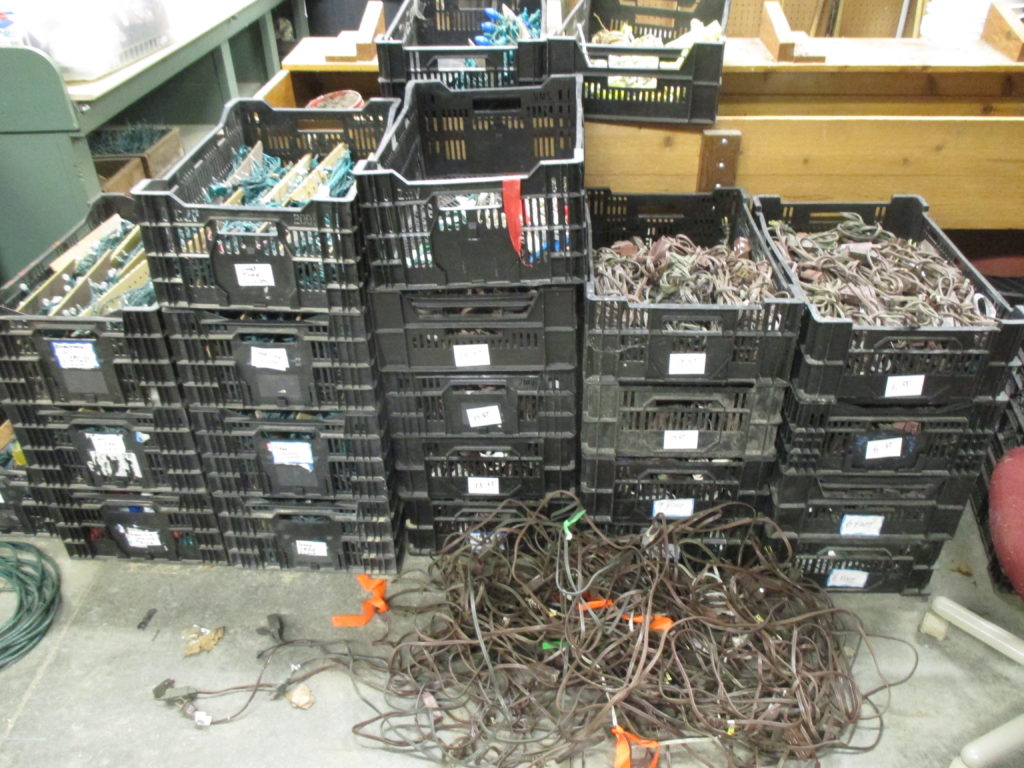
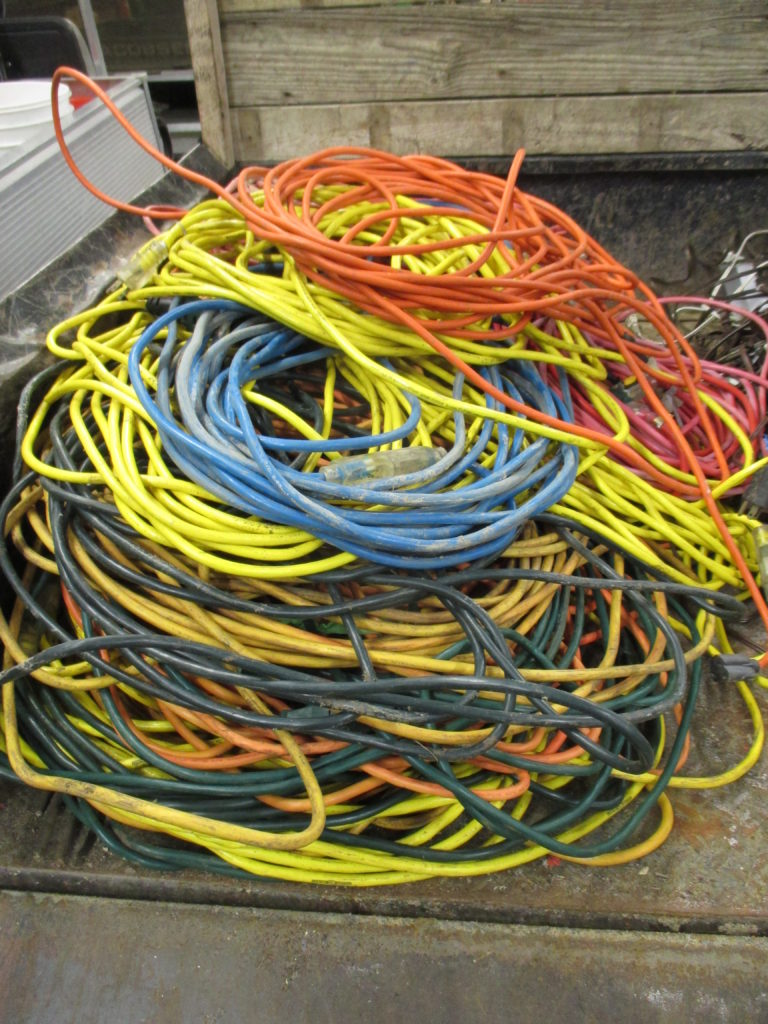
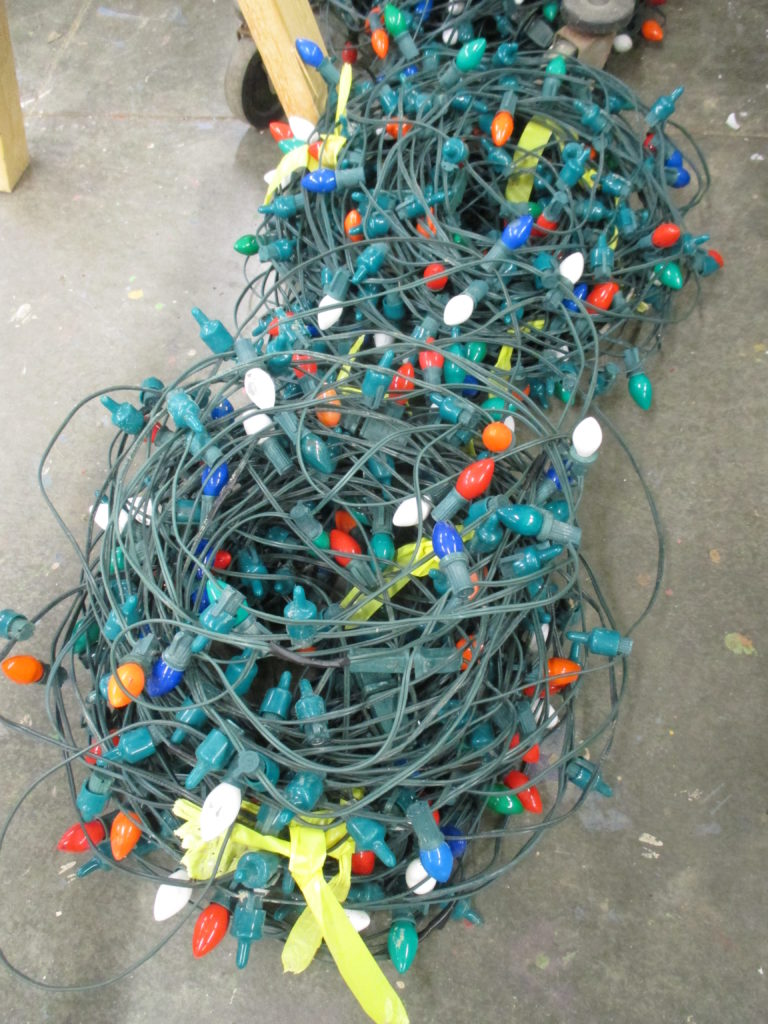
the C7 lights seen above (and two photos below) are what we use in the milk jug luminaries seen directly below
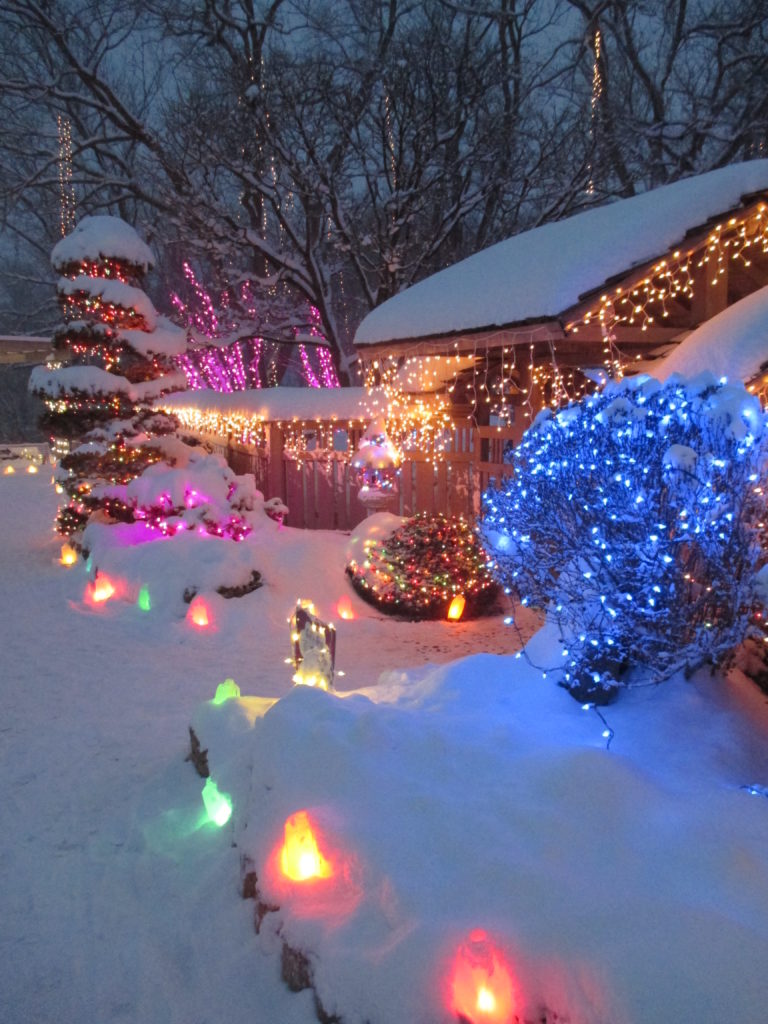
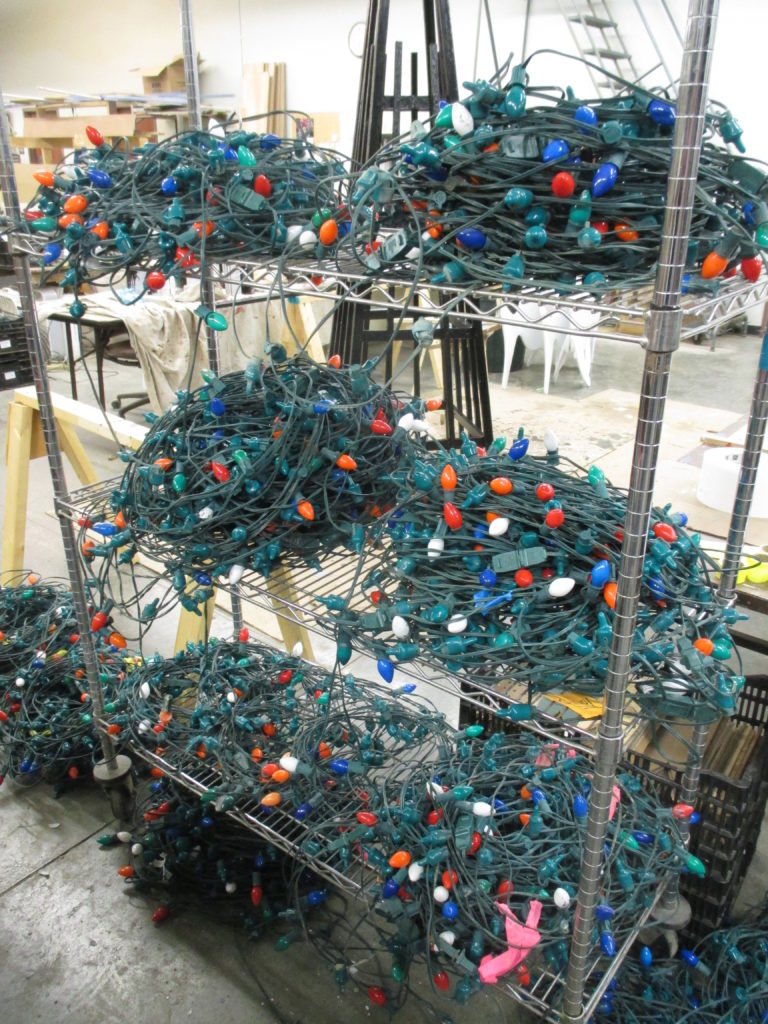
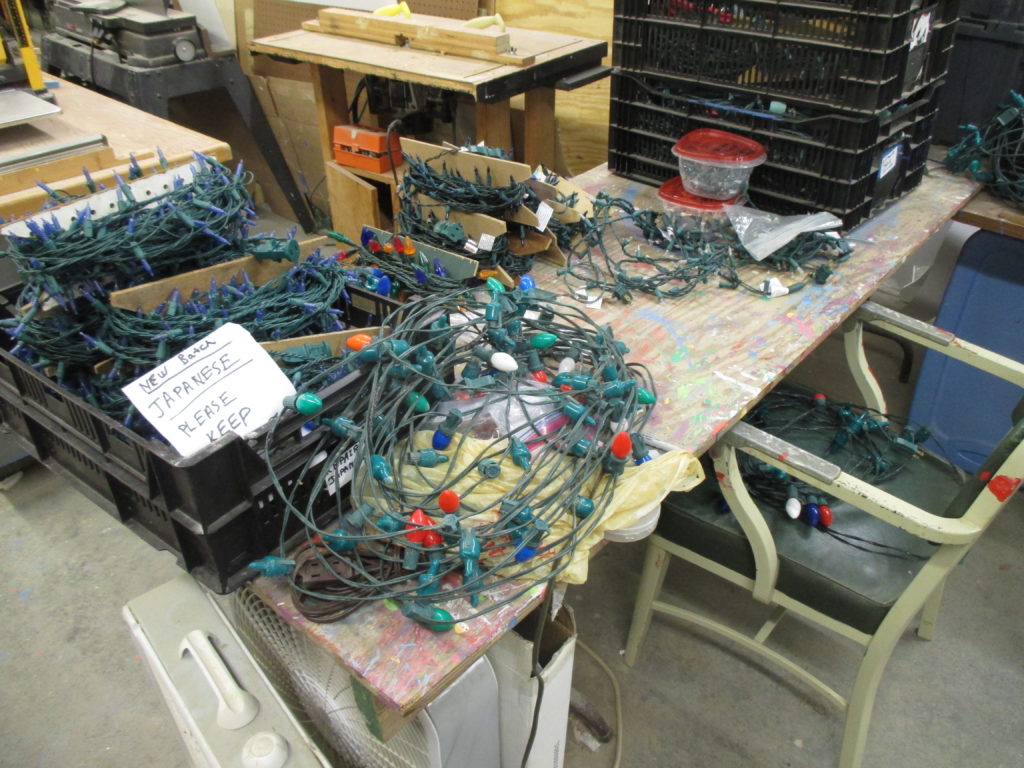
Ron’s Repair Nook (above) with pending repairs (below)
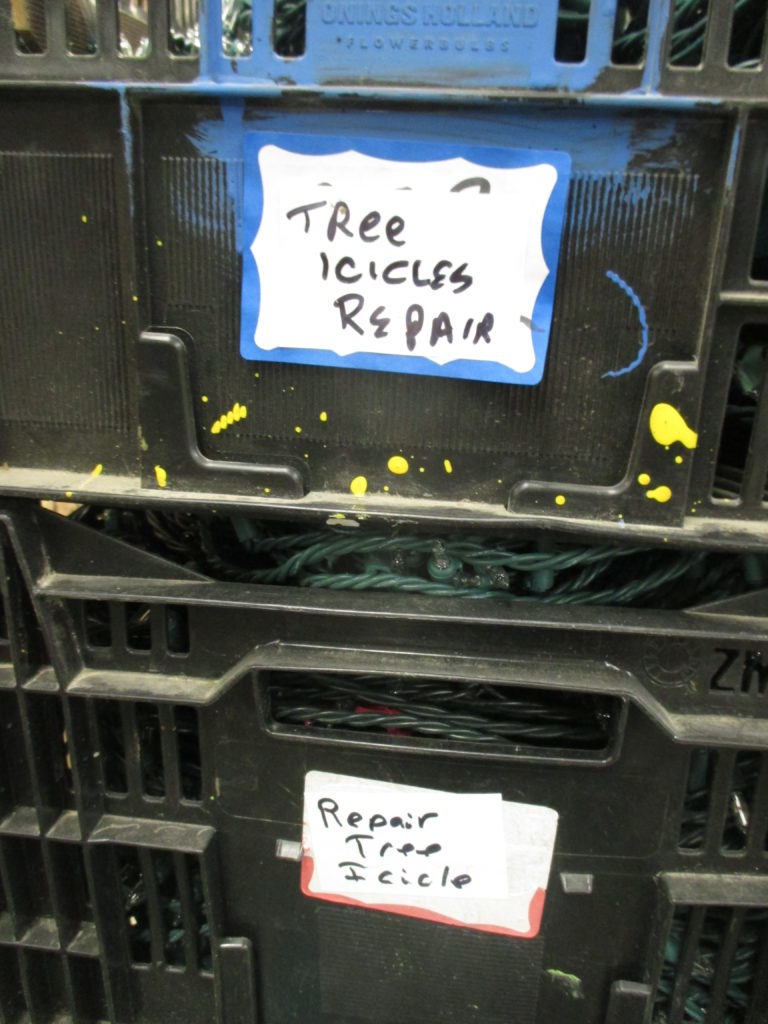
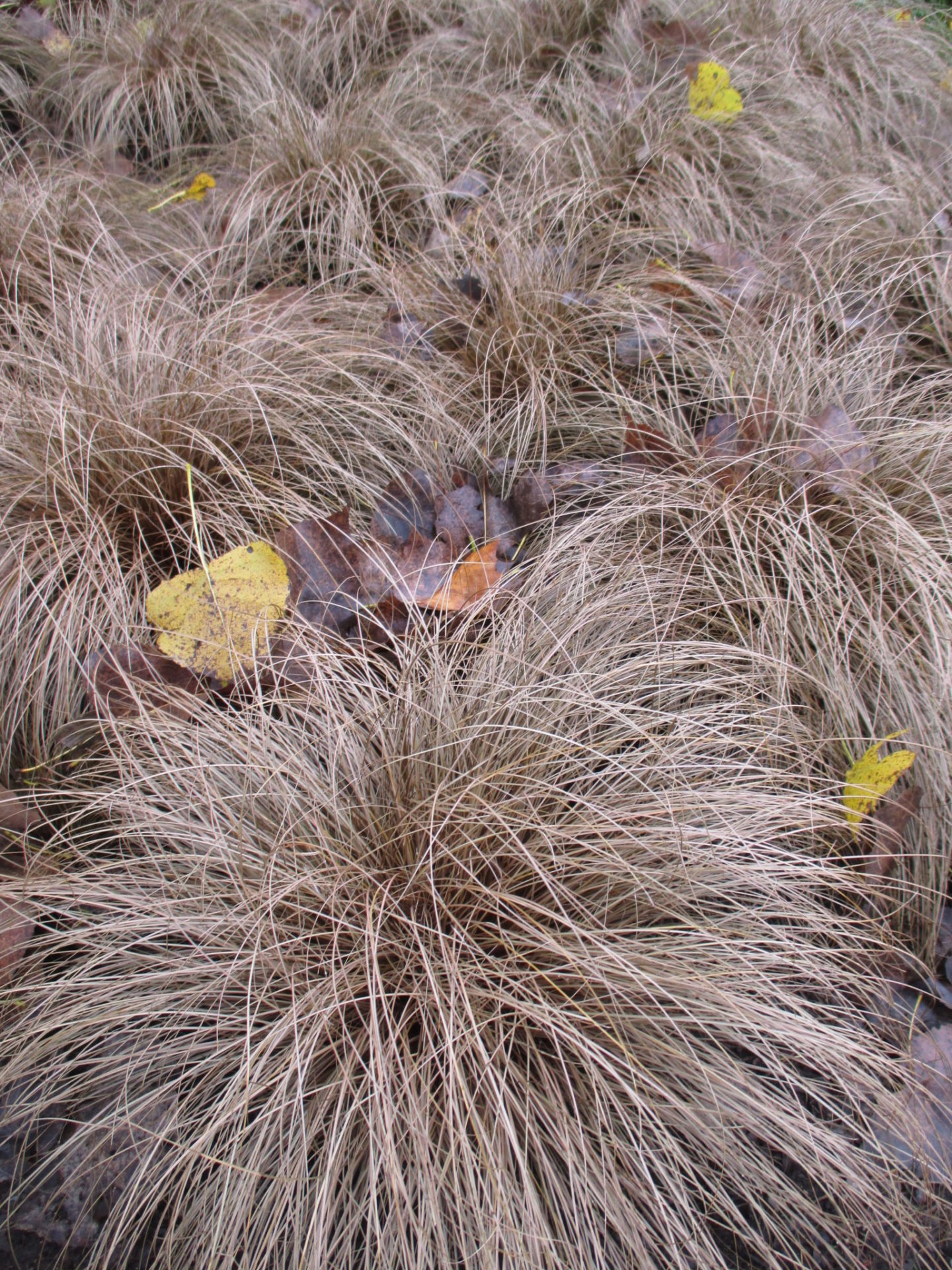
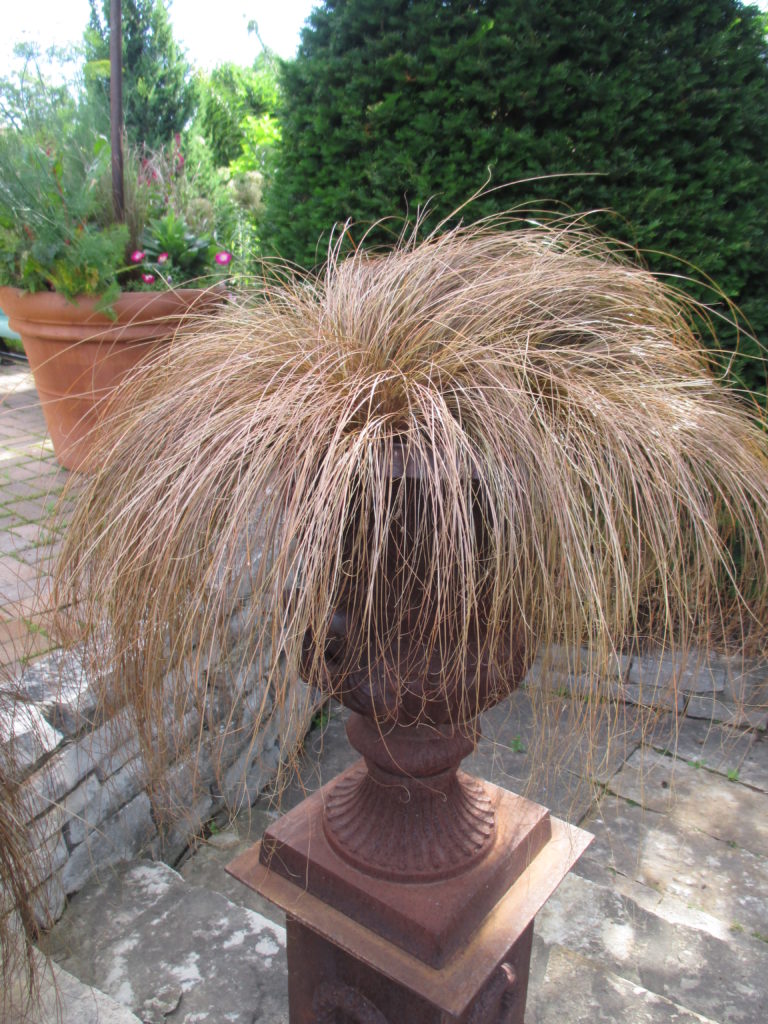
As I’m neck deep in plant and seed catalogs (almost literally!), I’m getting most of our orders together and will always include what are termed “dead sedges” (Carex sp.) for the gardens. Featured throughout this blog is the variety ‘Toffee Twist’ which is considered a drooping sedge (Carex flagellifera). The variety ‘Bronzita’ (also Carex flagellifera) is quite similar in appearance. This color is normal for these grass relatives and while they are not quite hardy (I’ve seen some come back after mild winters though!), their use in the container and in seasonal arrangements is quite dramatic and effective. The texture is quite nice and they lend themselves to many different color schemes. We get visitors every year that ask if these “grasses” are dead….Bronze in the garden can be effective and many of these images show just a single specimen of ‘Toffee Twist’ being effective in a smaller container. Some other dead sedges include the larger Carex buchananii (leatherleaf sedge) with varieties such as ‘Red Rooster’and ‘Red Fox’. Both of these species are native to New Zealand and while they aren’t overpowering in terms of color, their earthy tones, combined with superior texture, maximize their “compositional potential”!
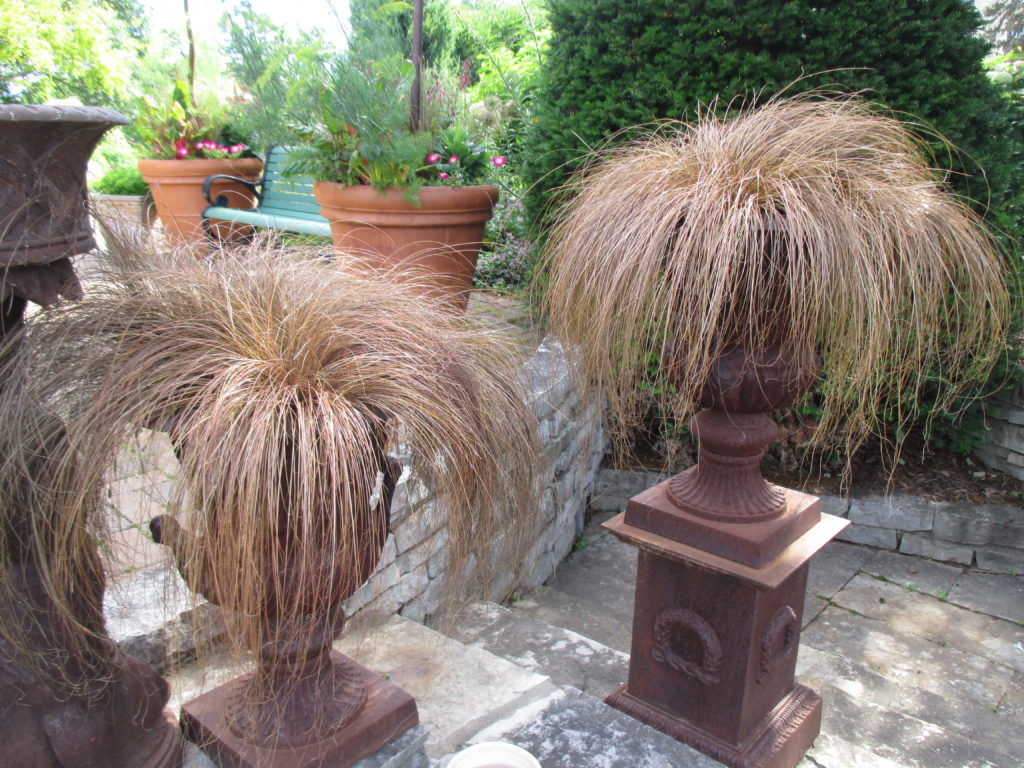
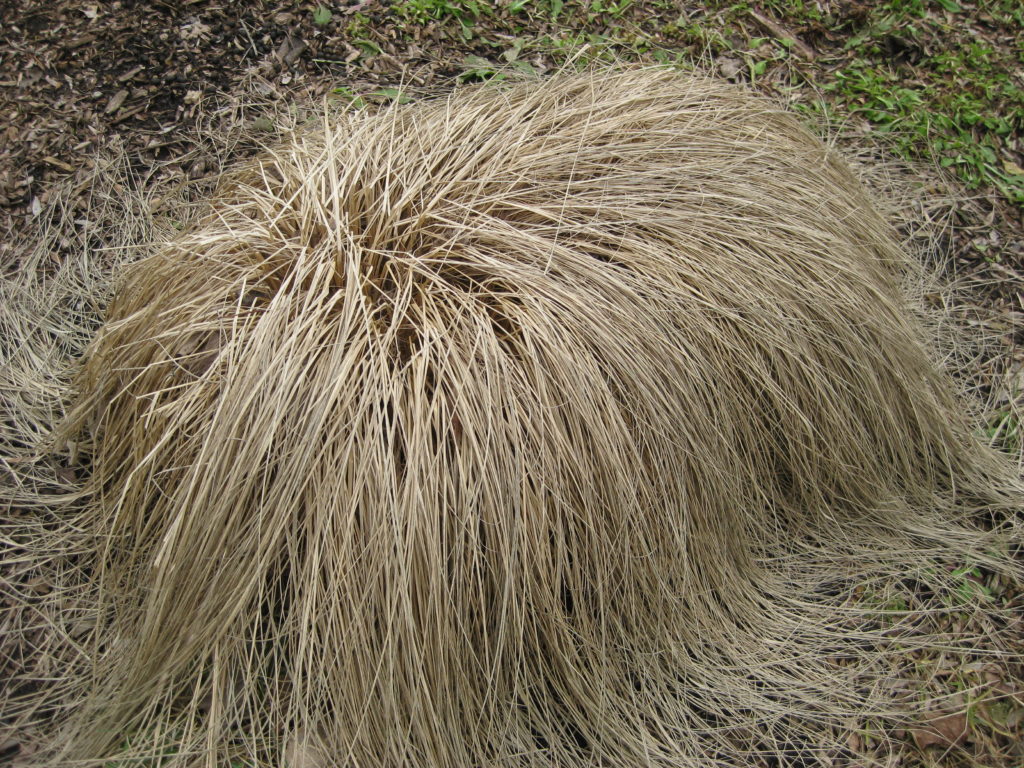
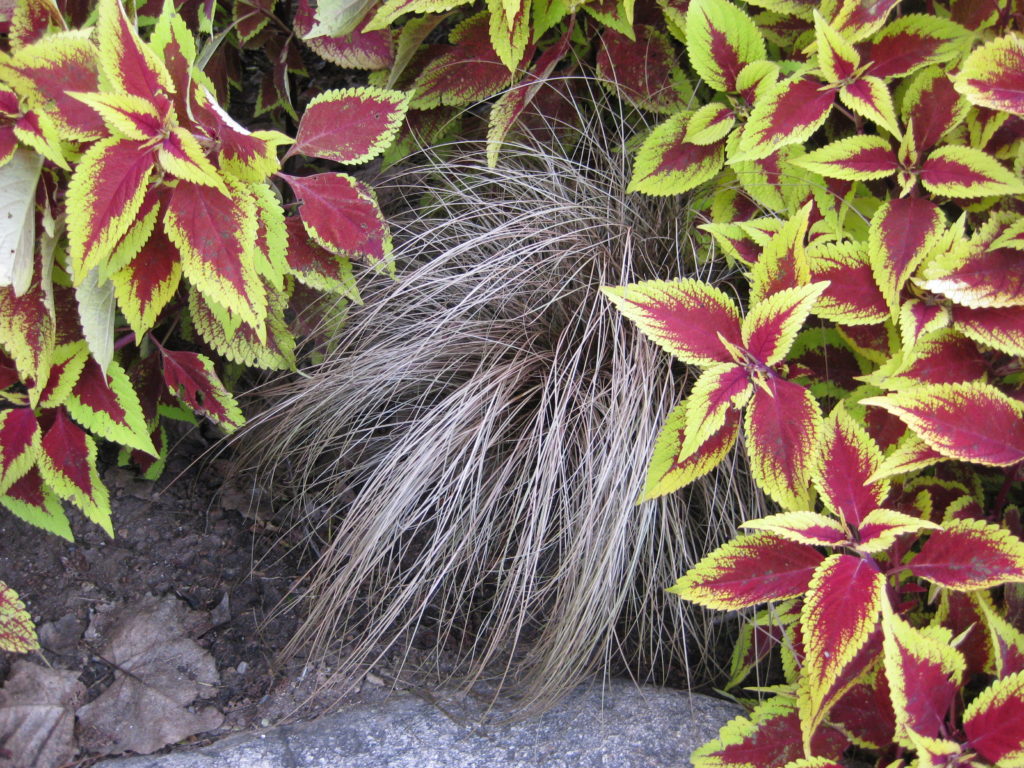
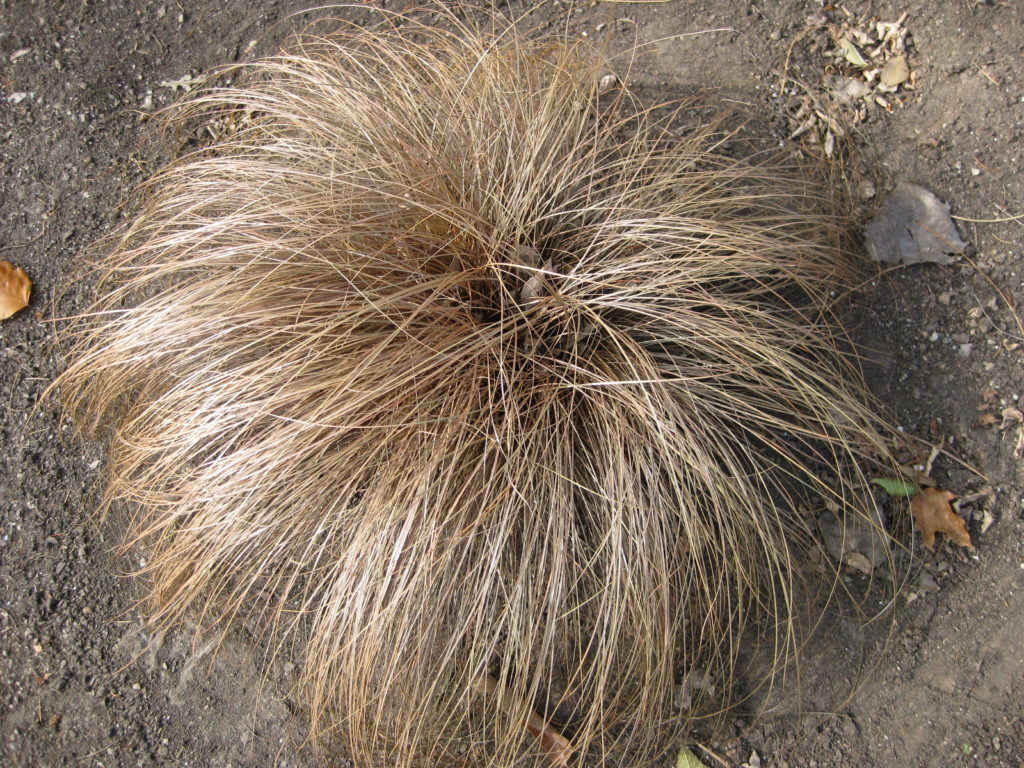
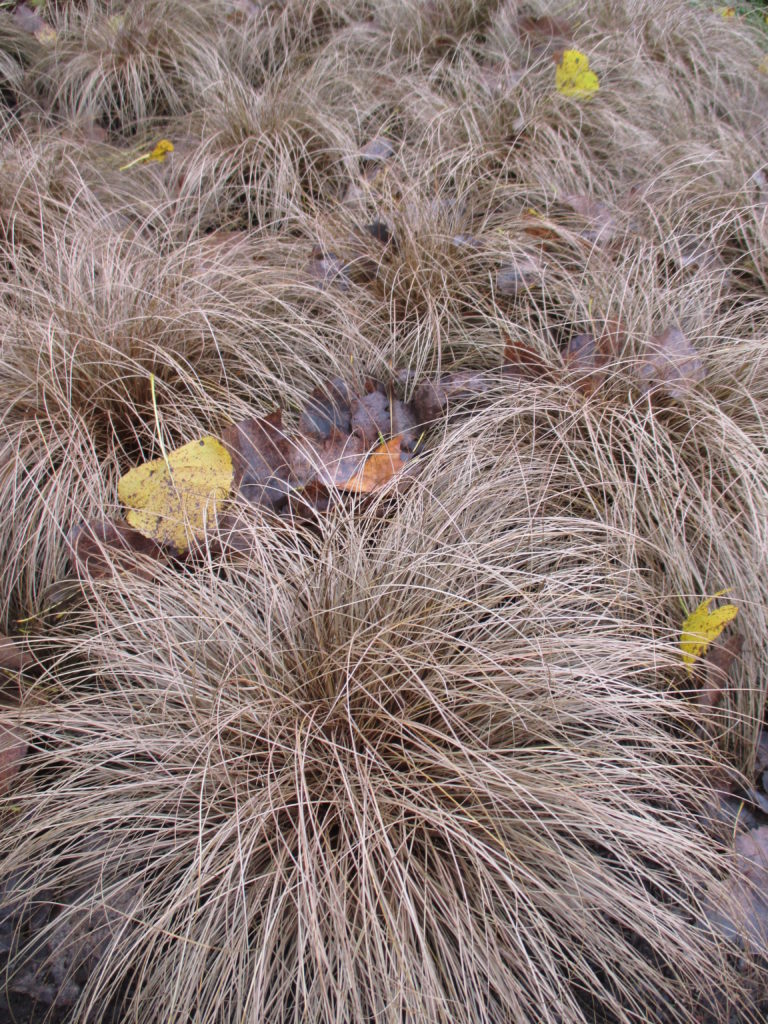
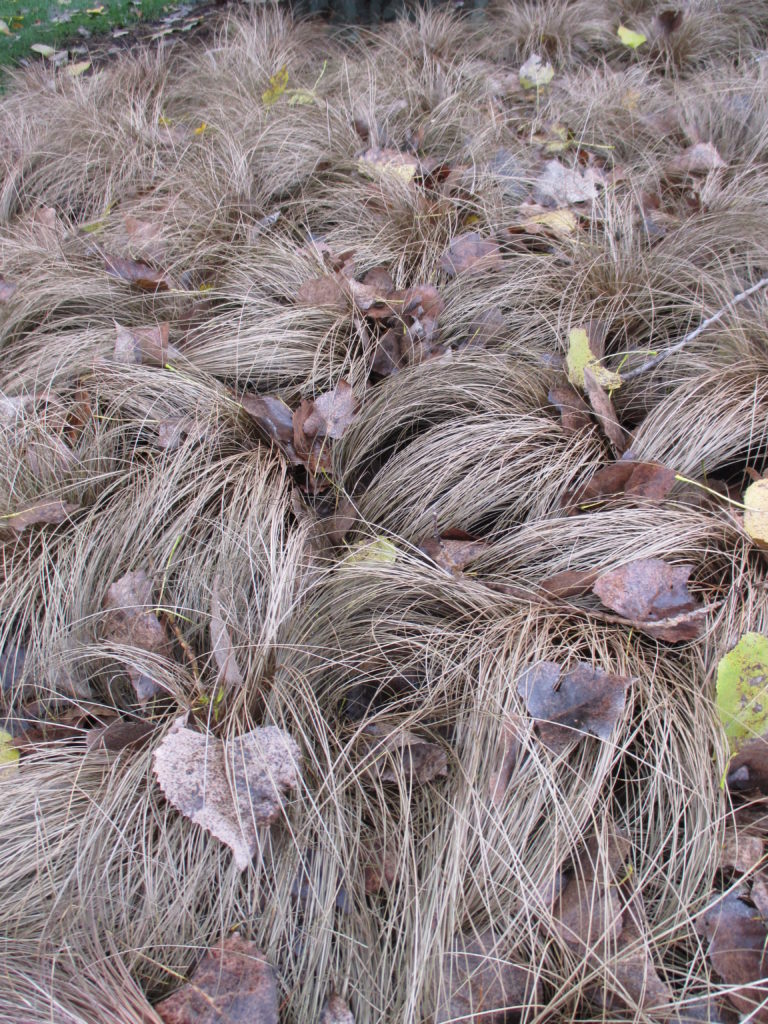
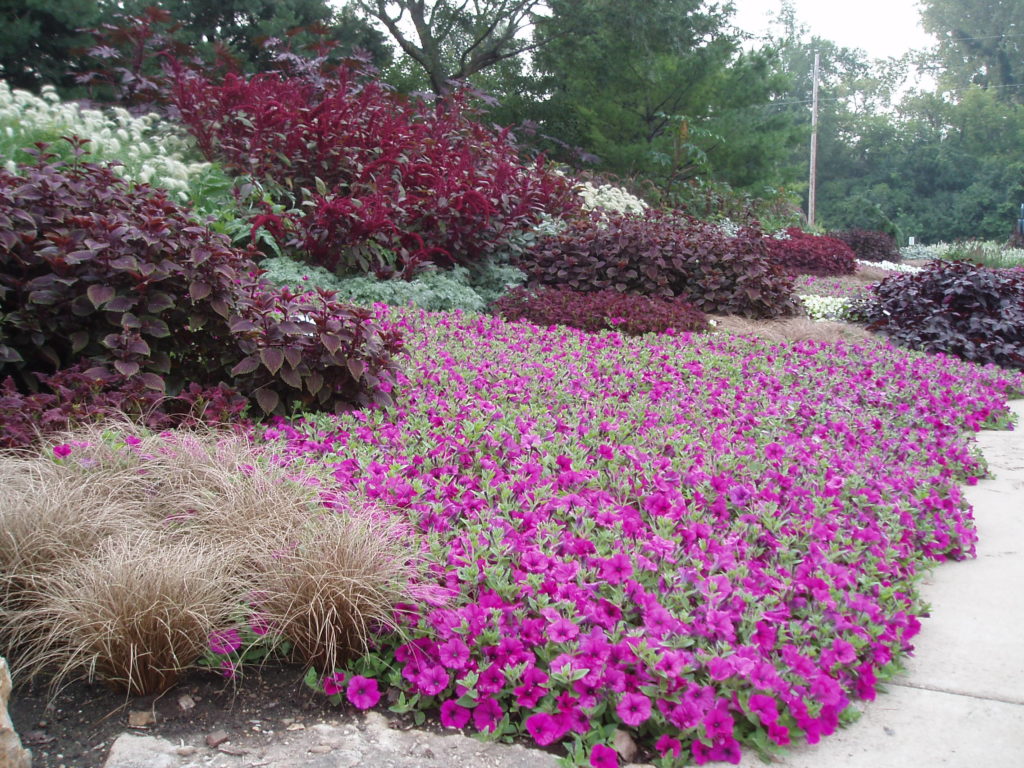
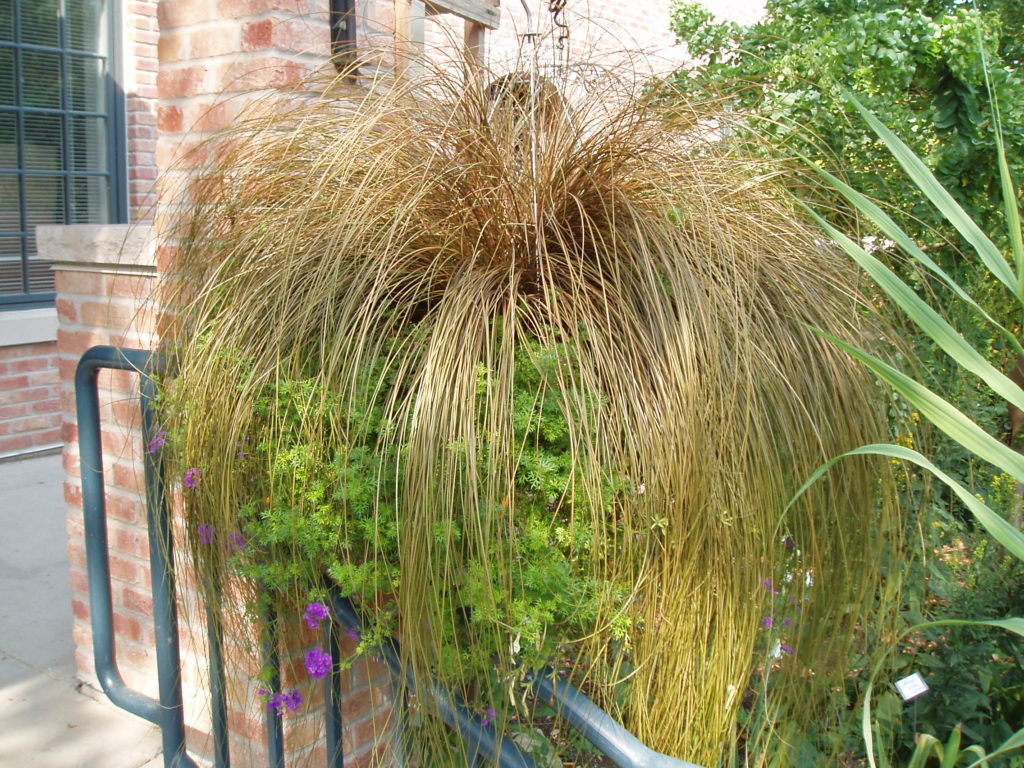
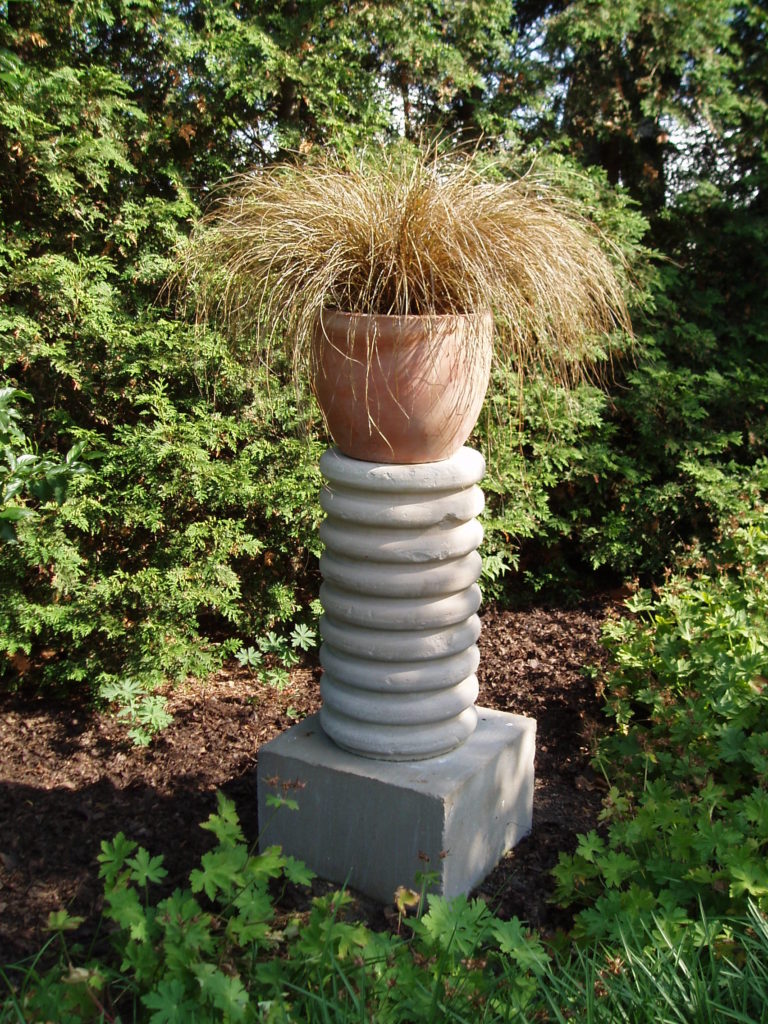
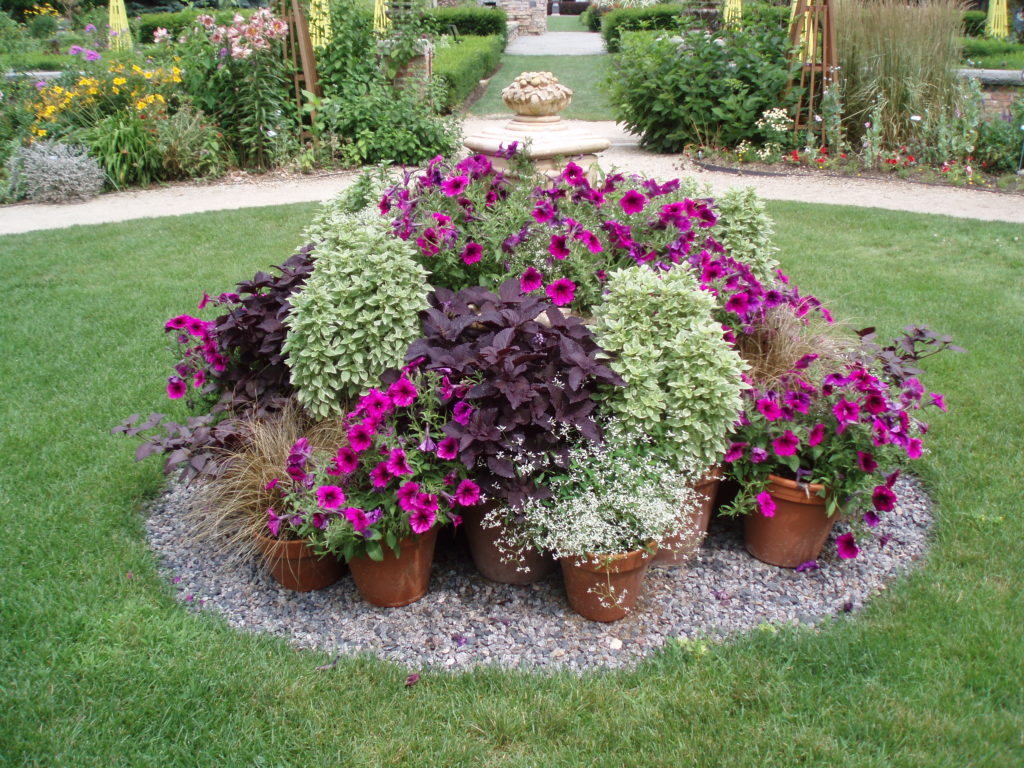
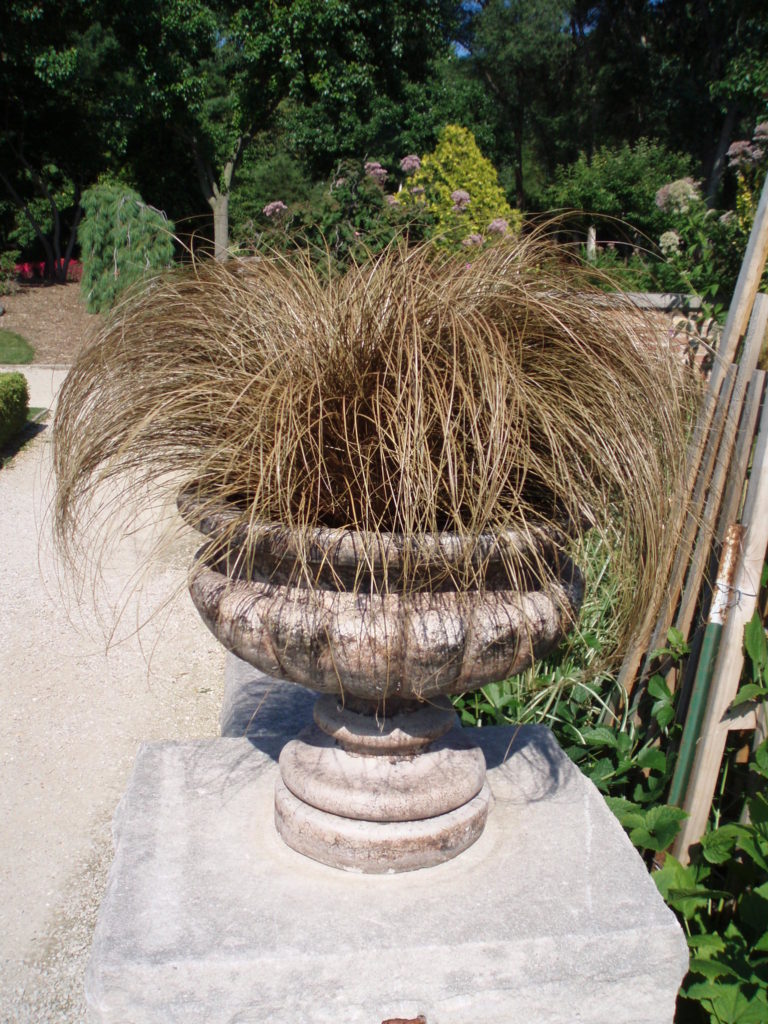
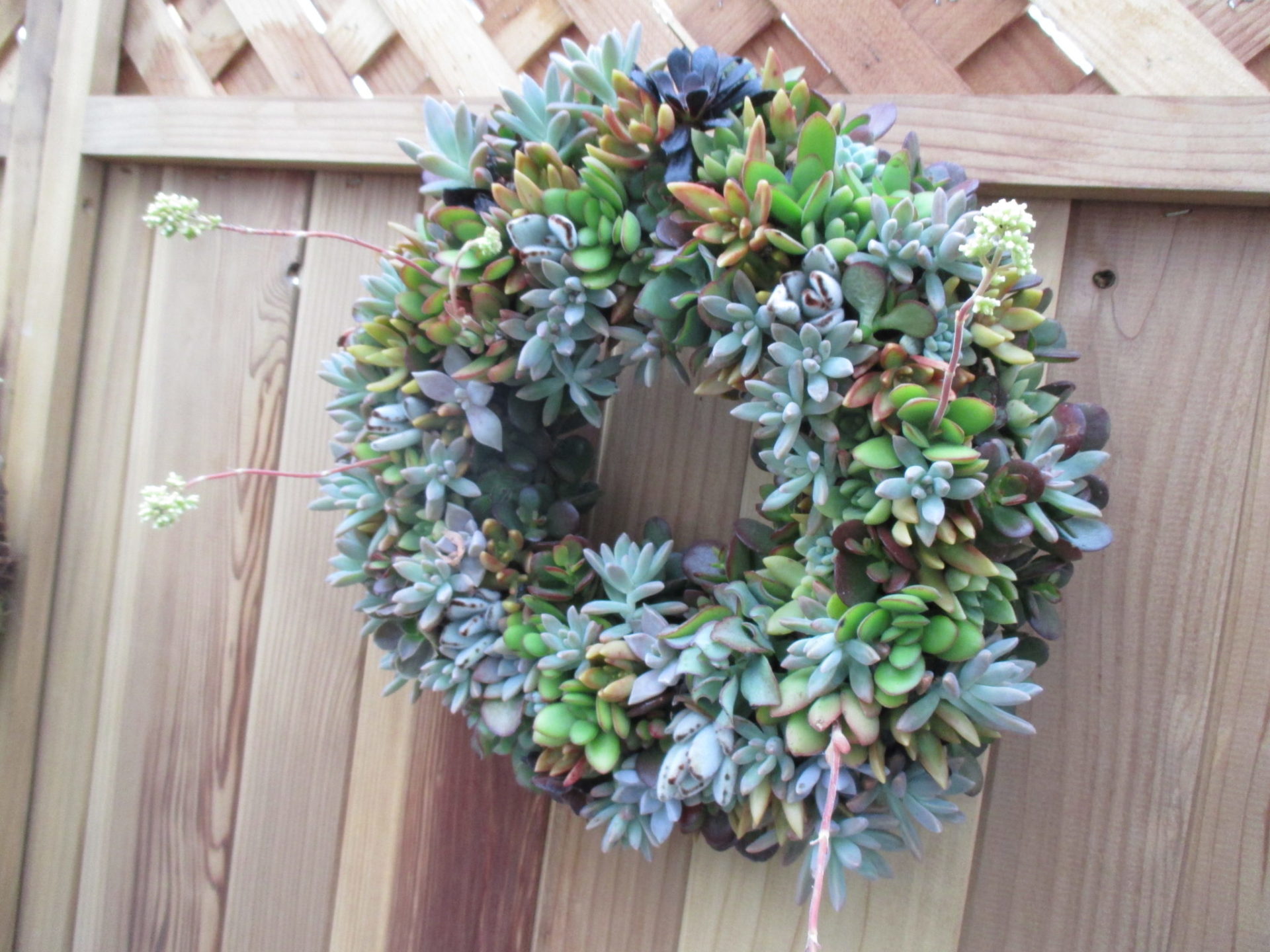
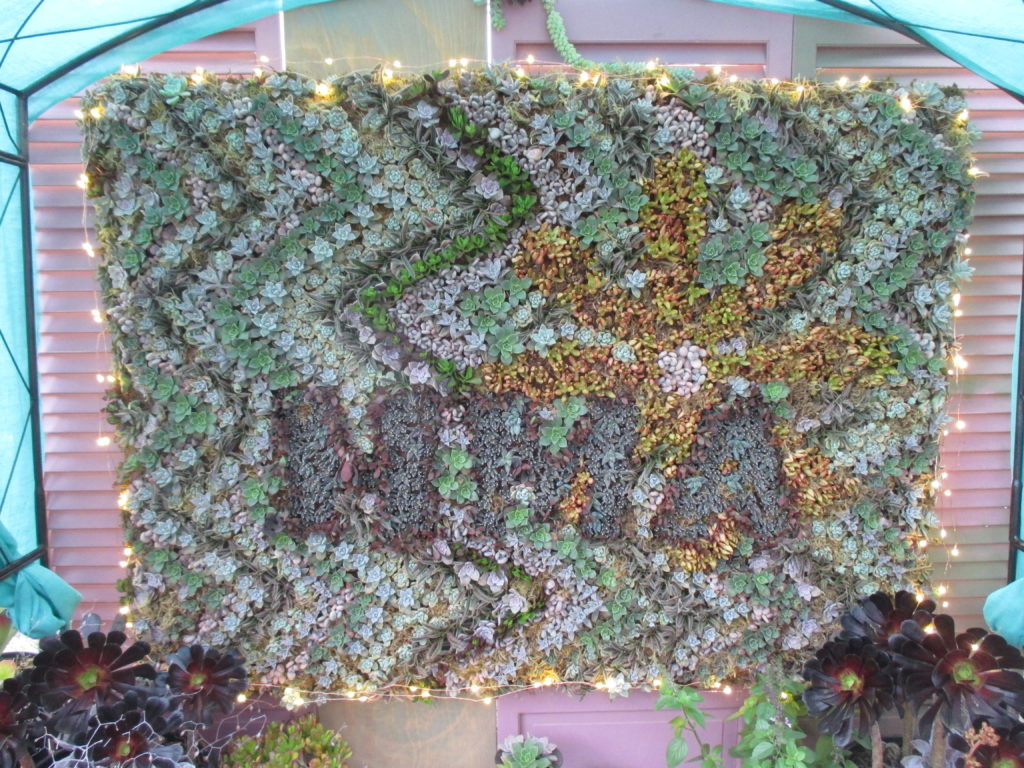
The use of succulent plants (plants that have swollen, fleshy and/or thickened parts that retain water) in warmer and arid climates is certainly not new. However, over the past 10 years, I’ve seen an explosion in the use of non-hardy succulents in the Midwest landscape. These uses including bedding schemes, containers and other situations that would benefit from the wise range of foliage colors, textures and certainly flowering contributions in some cases. While we use very few succulents at RBG, I was amazed at the wide spectrum of availability seen at various trade shows and trial gardens that I’ve visited over the past couple of years. The intent with this blog is simply to share some of what I’m seeing as you will certainly run across these treasures at area greenhouses. Keep in mind that while we have “hardy succulents” (i.e. Sedum, Sempervivum, etc.) that thrive in our climates, many of these “fancy” selections seen in the blog would need winter babysitting inside between November and April. Know your plant!
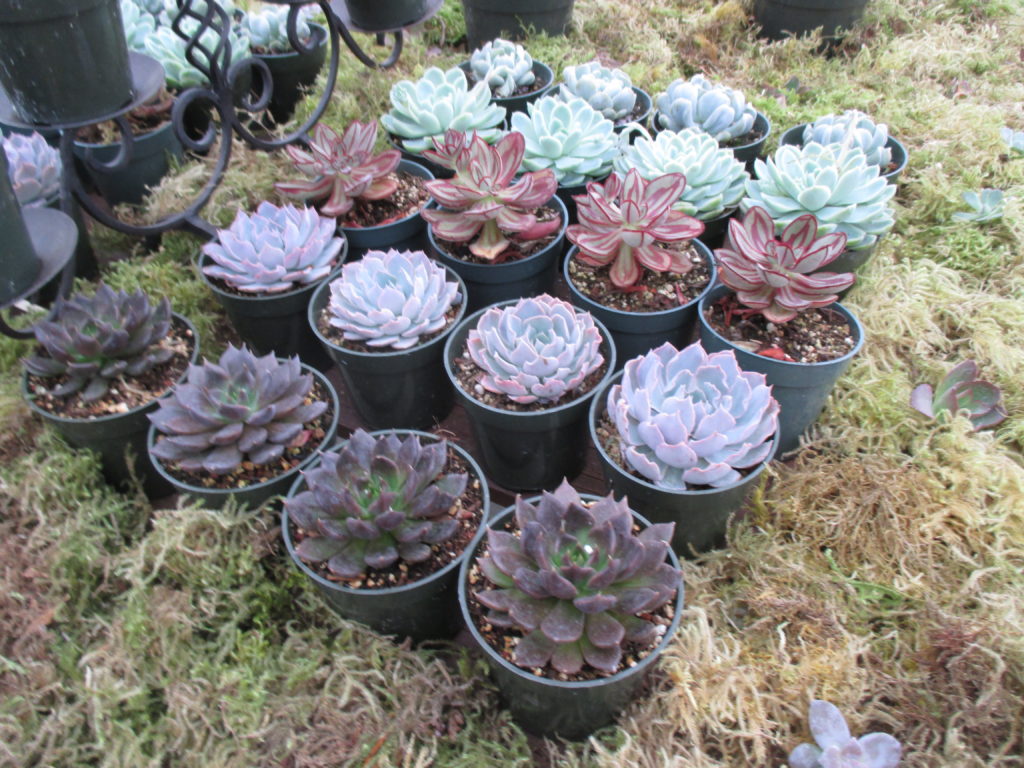
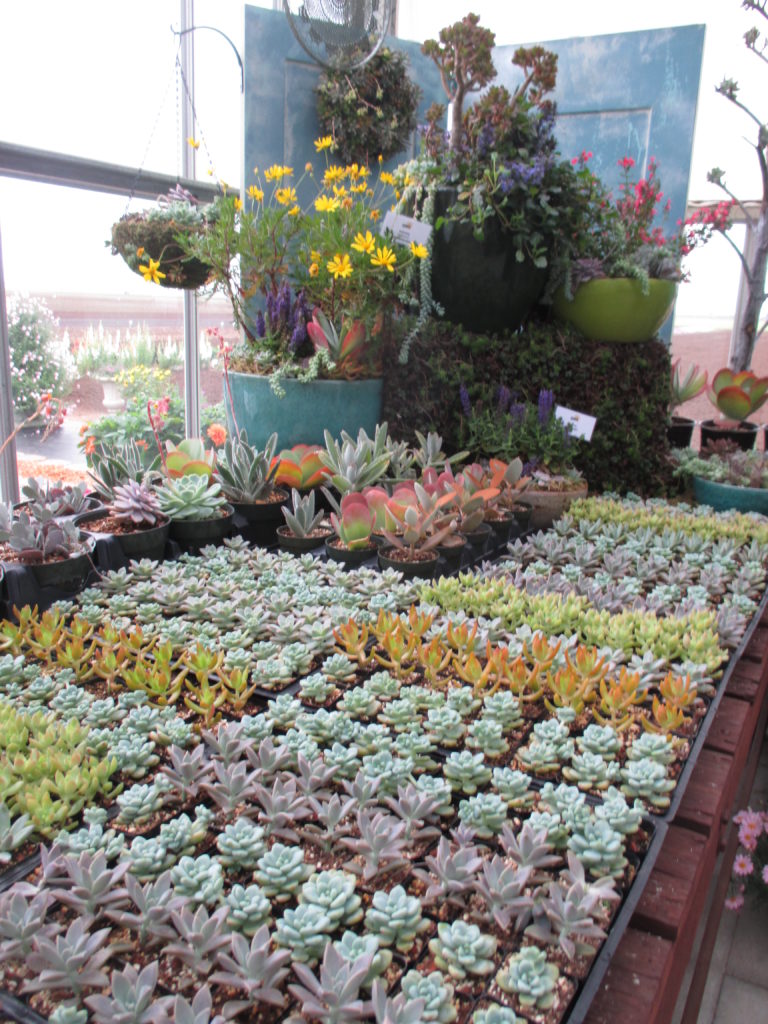
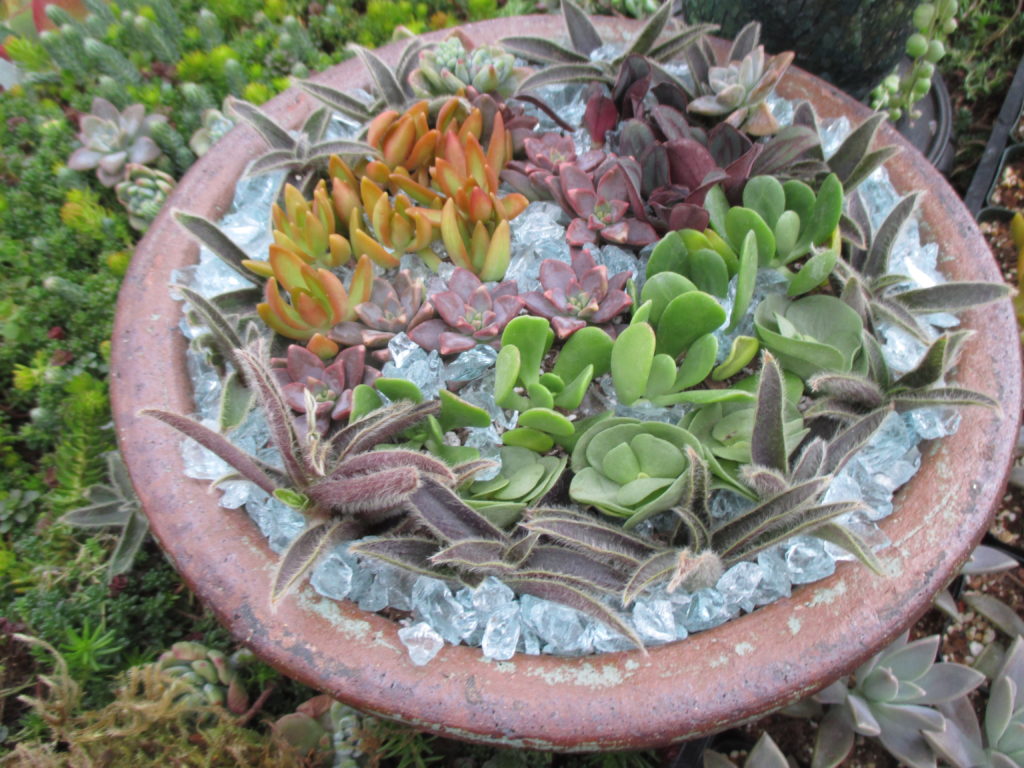
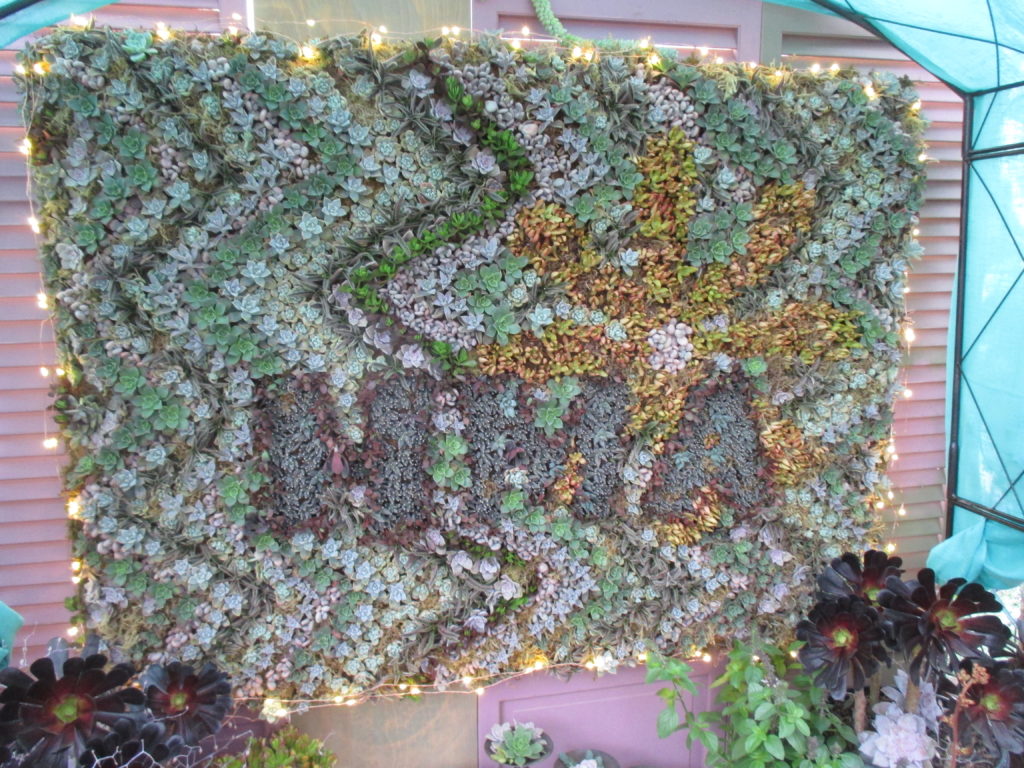
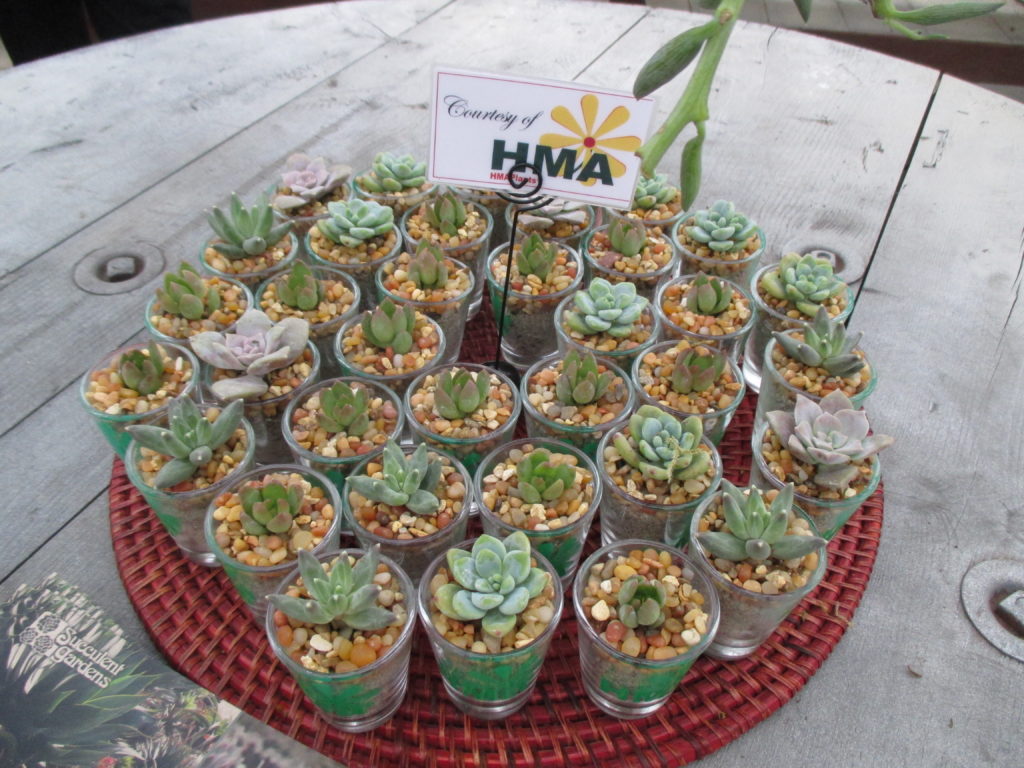
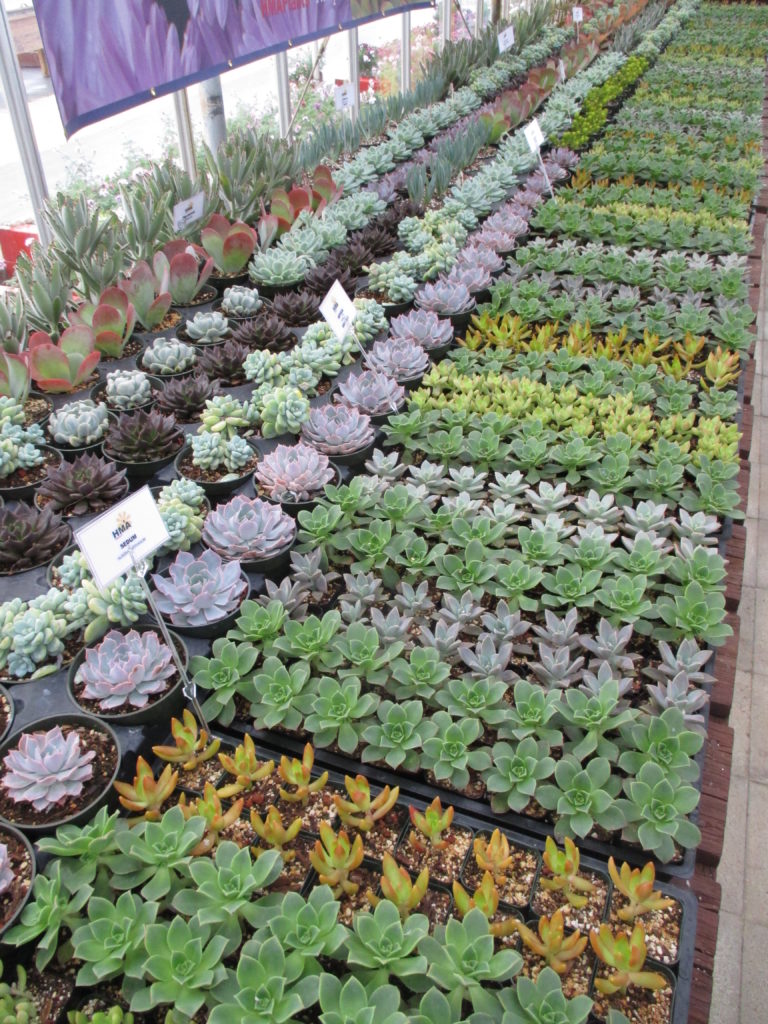
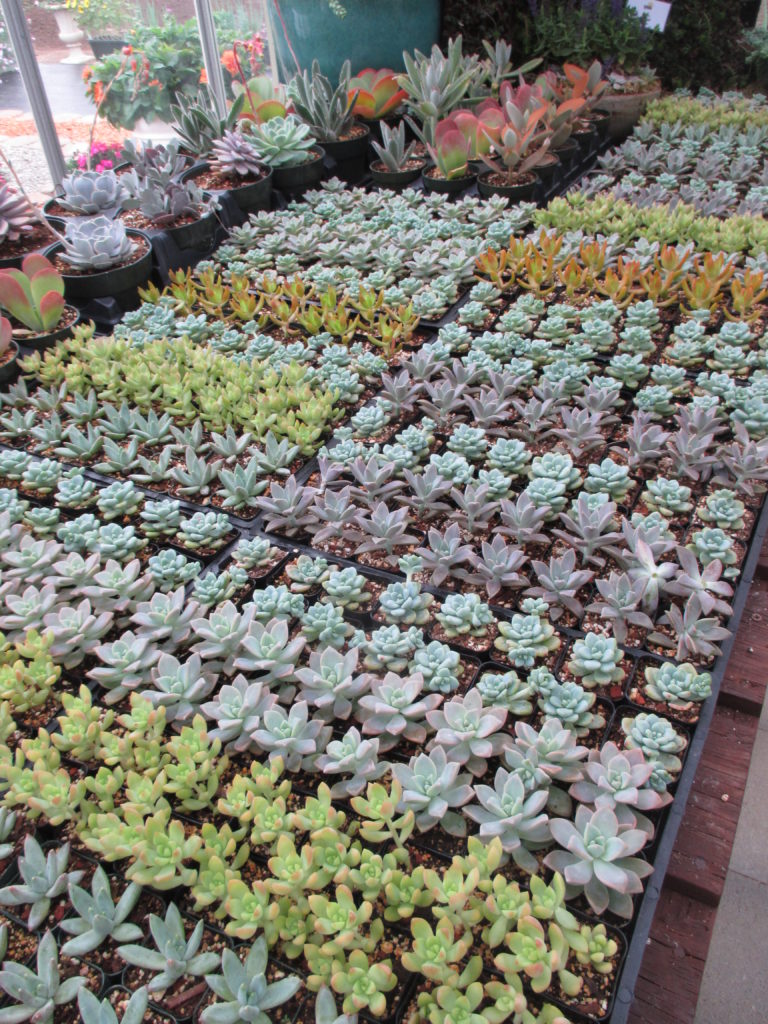
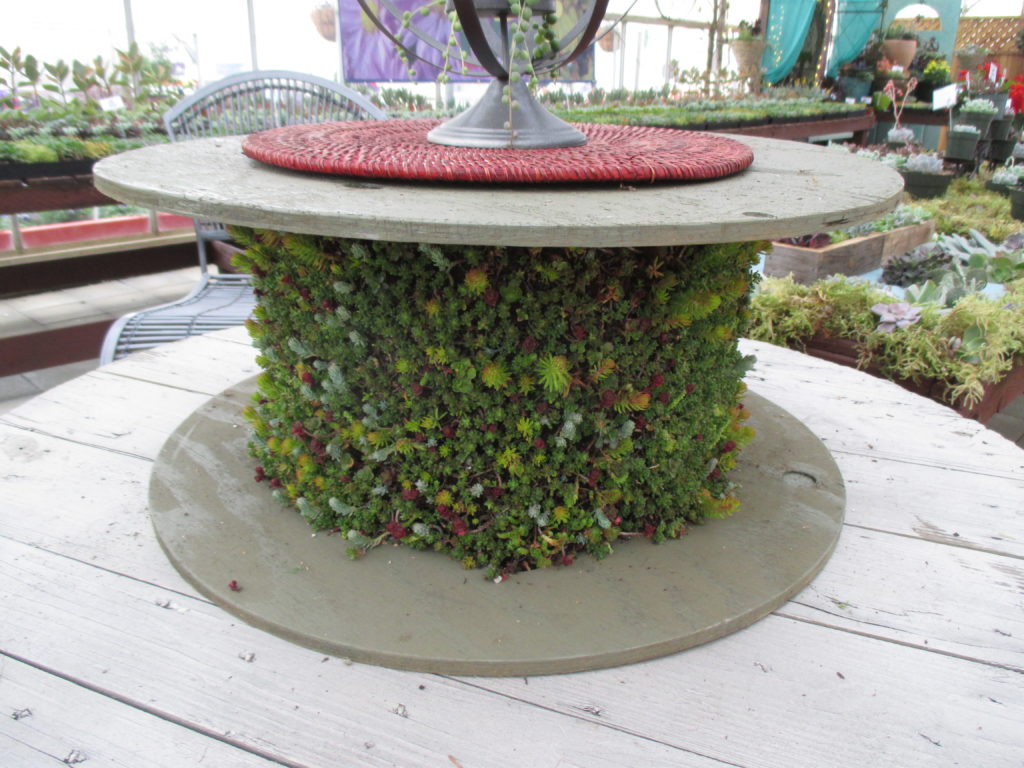
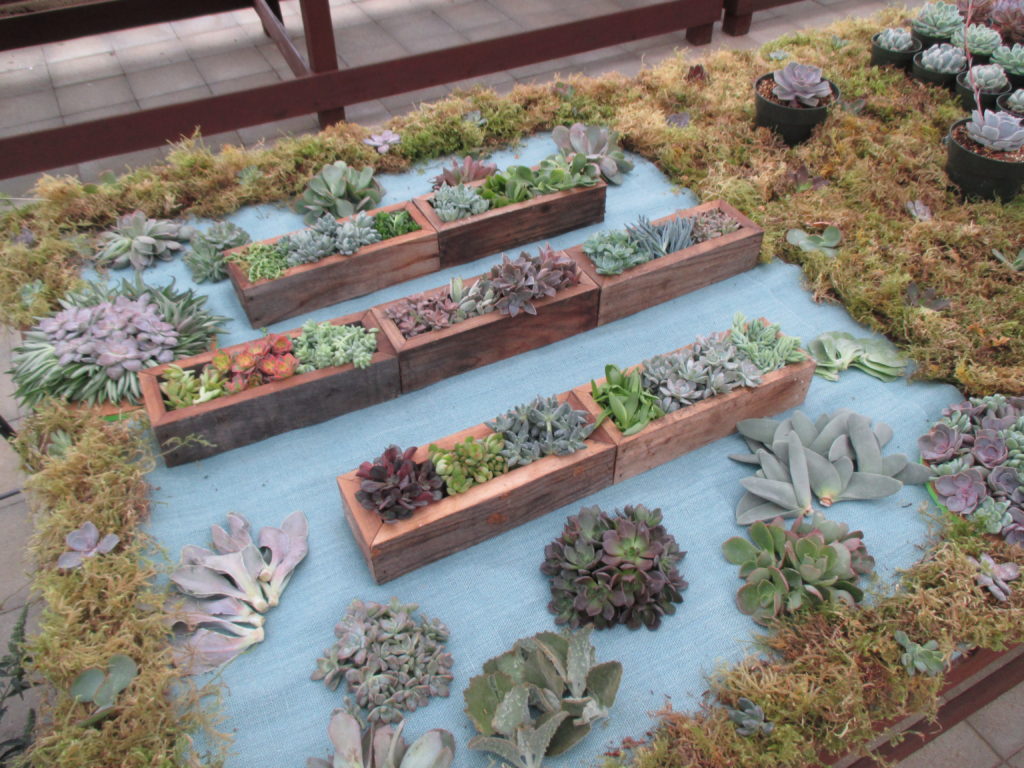
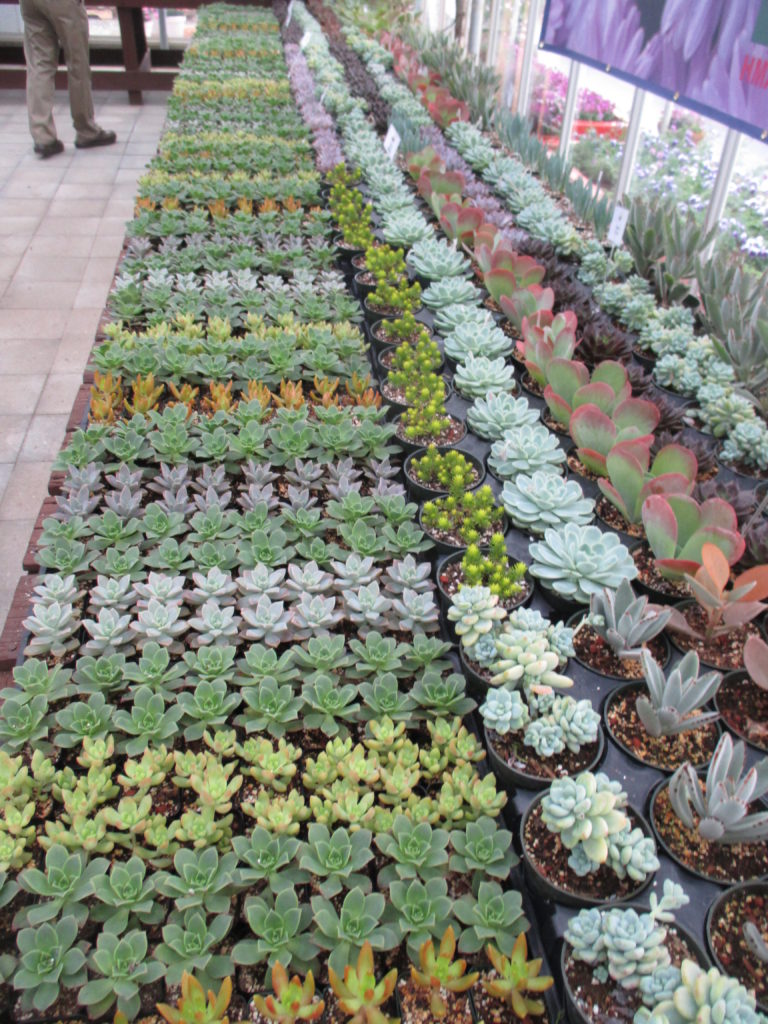
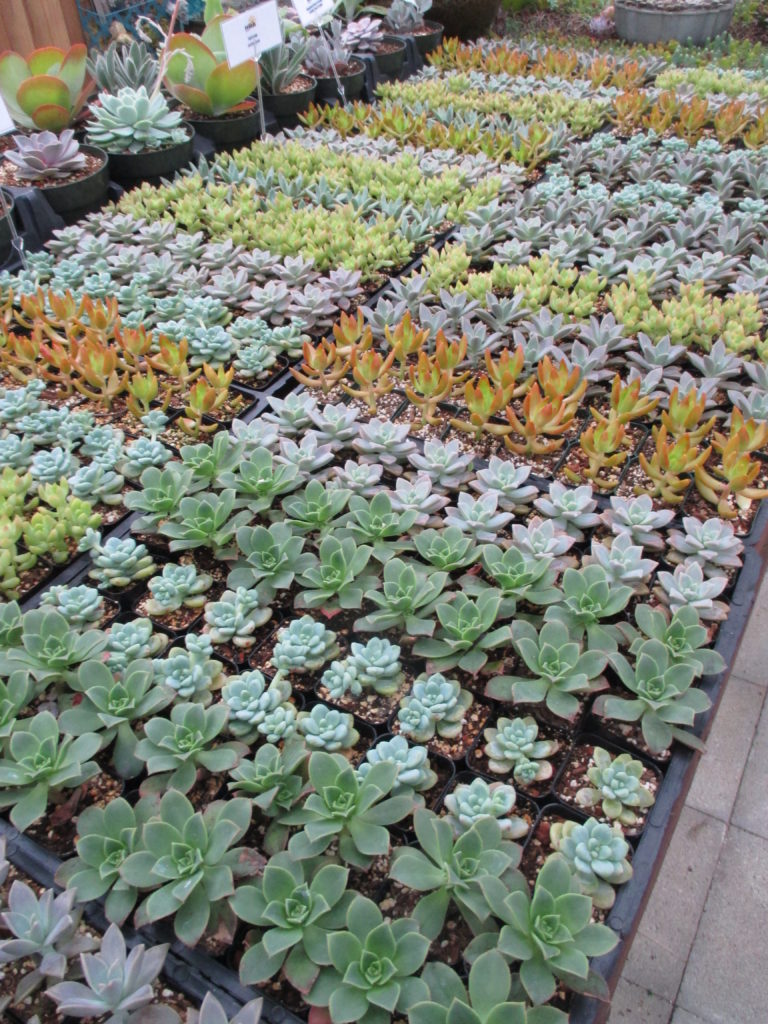
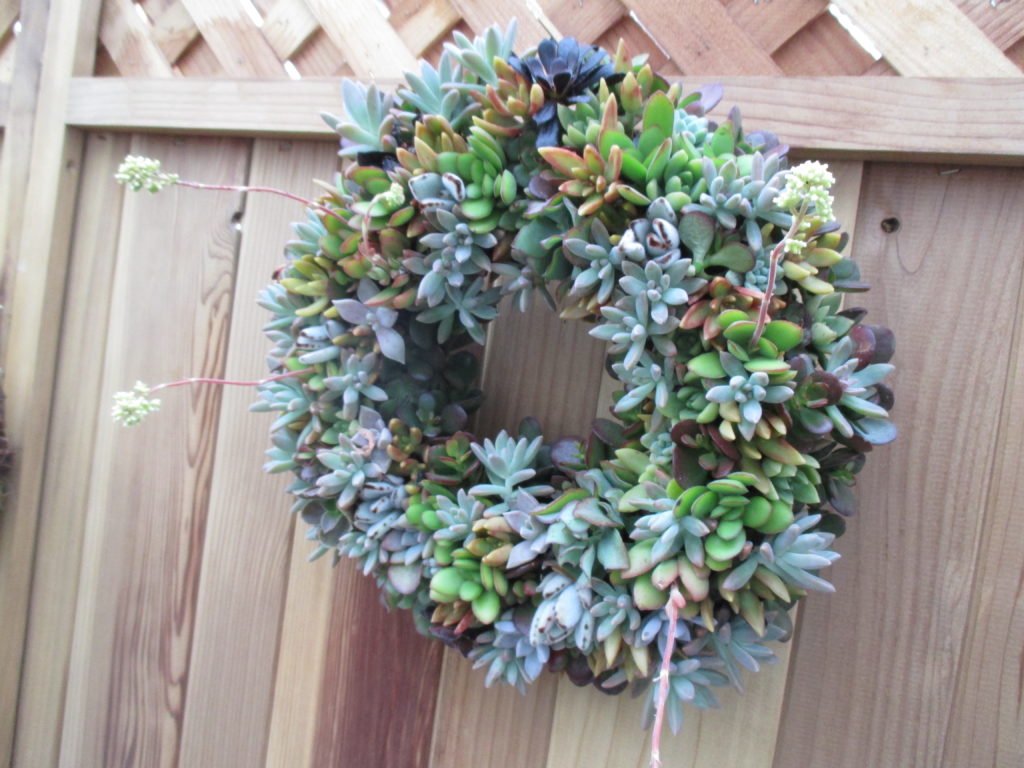
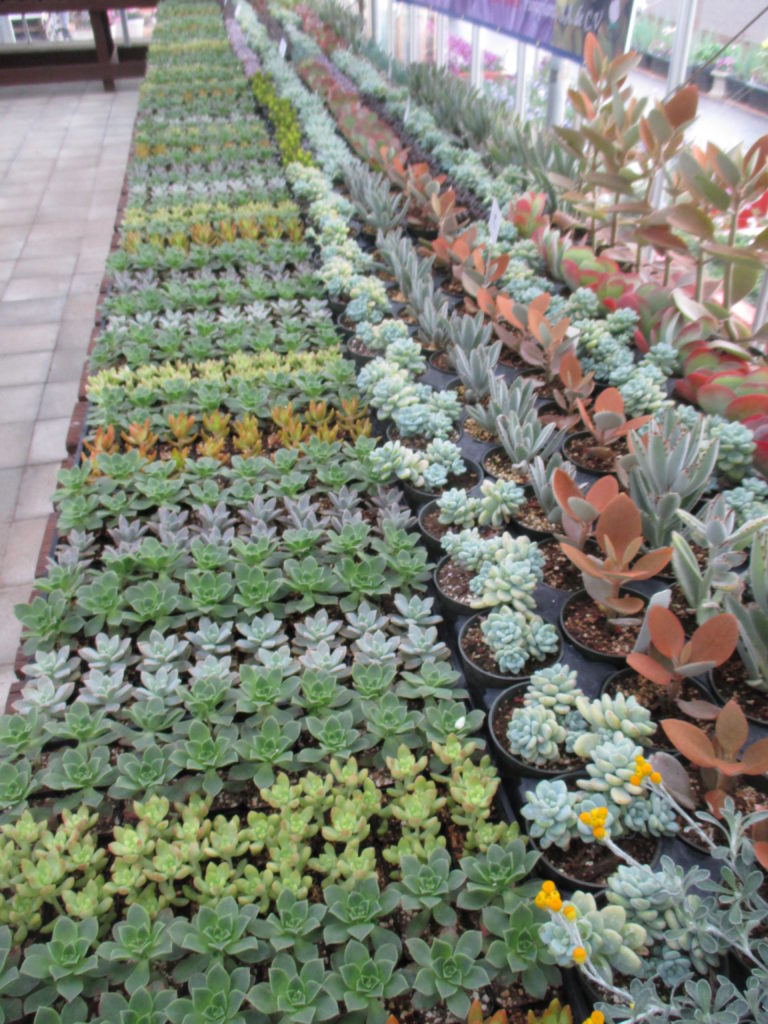
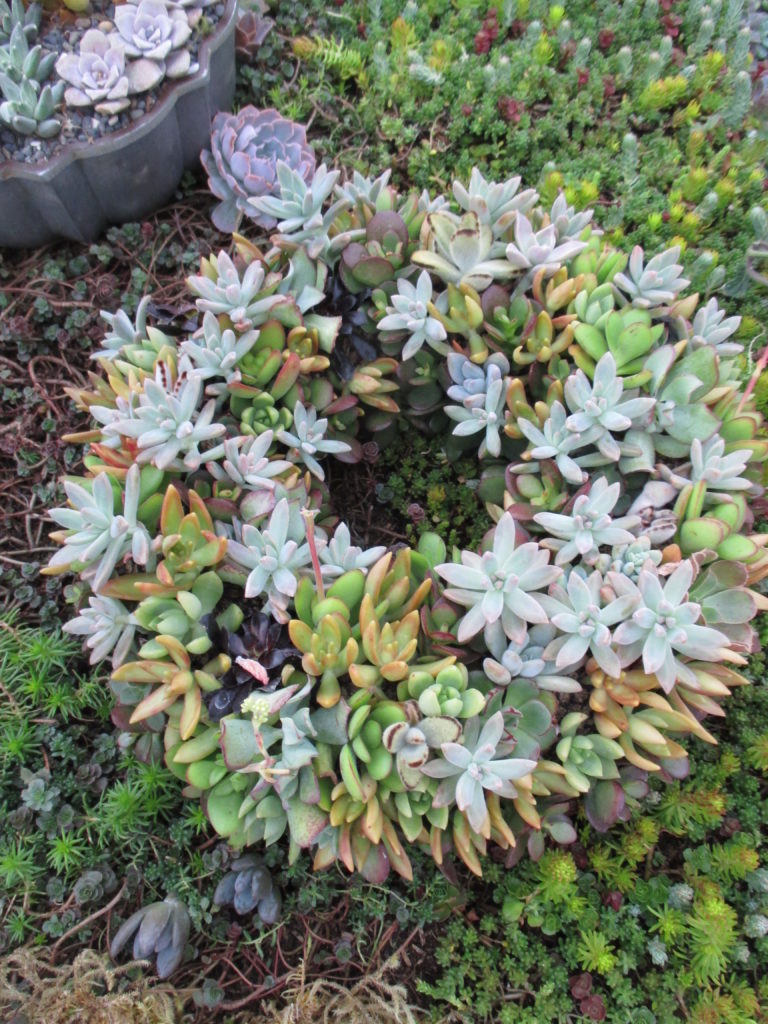
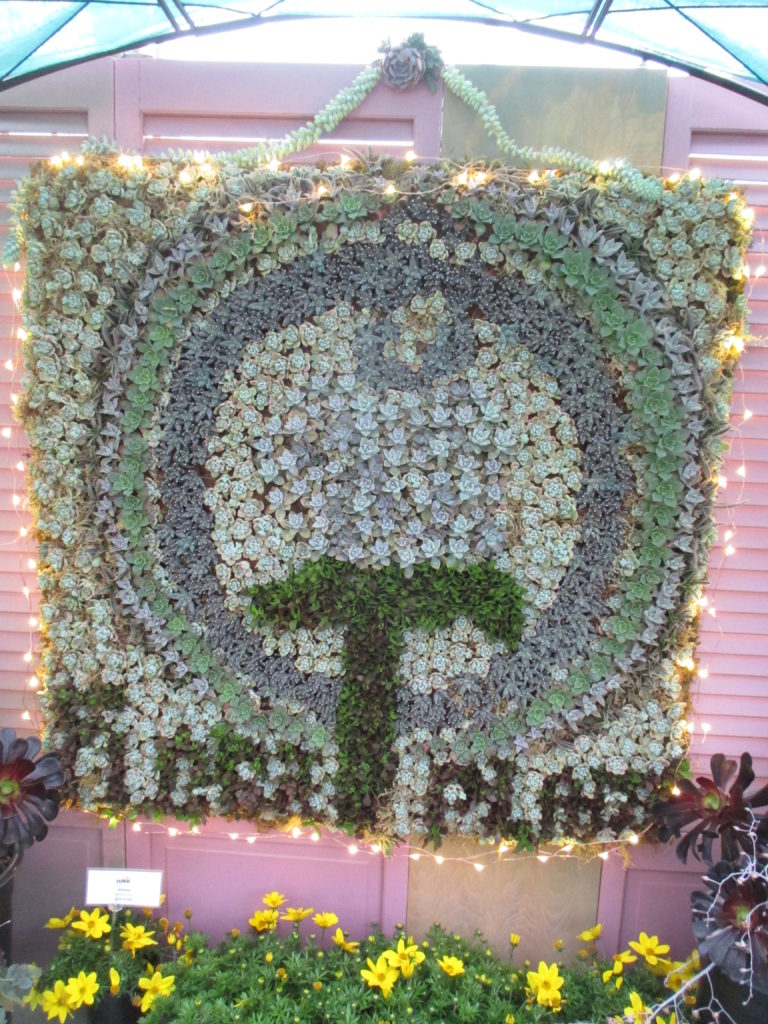
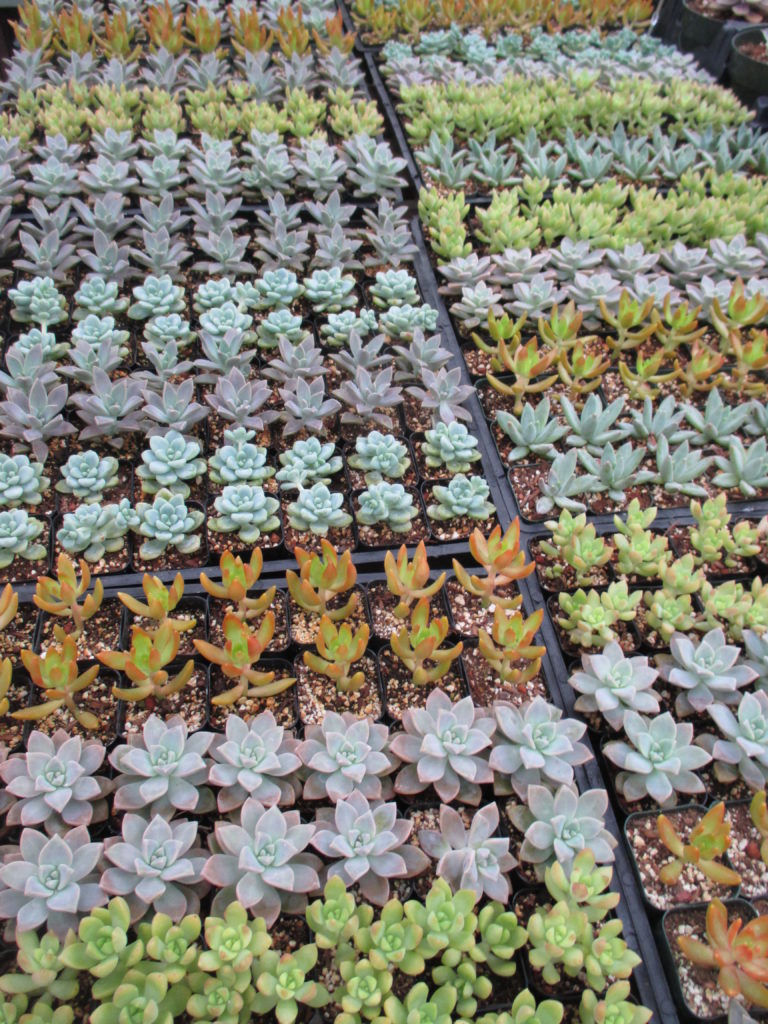
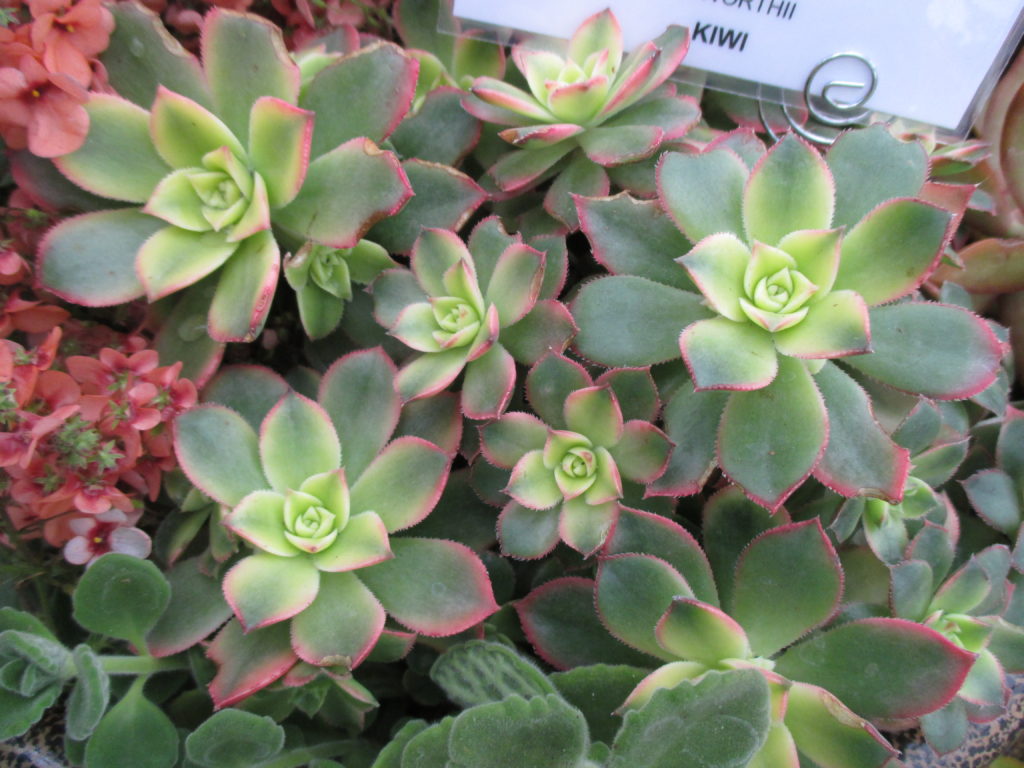
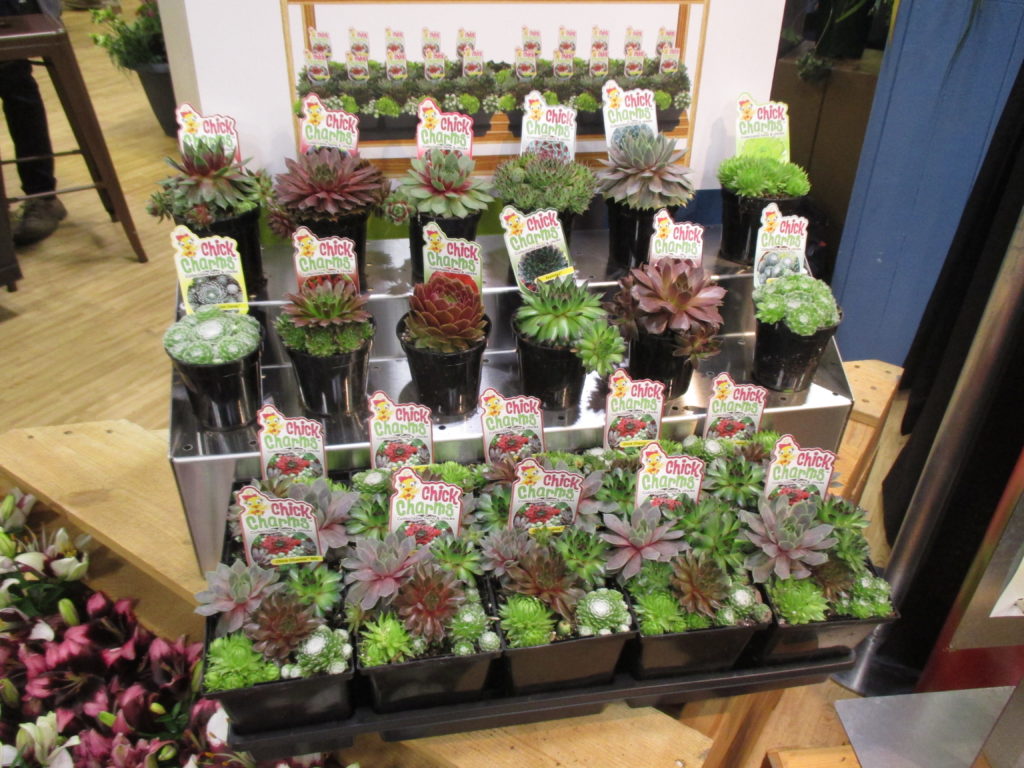
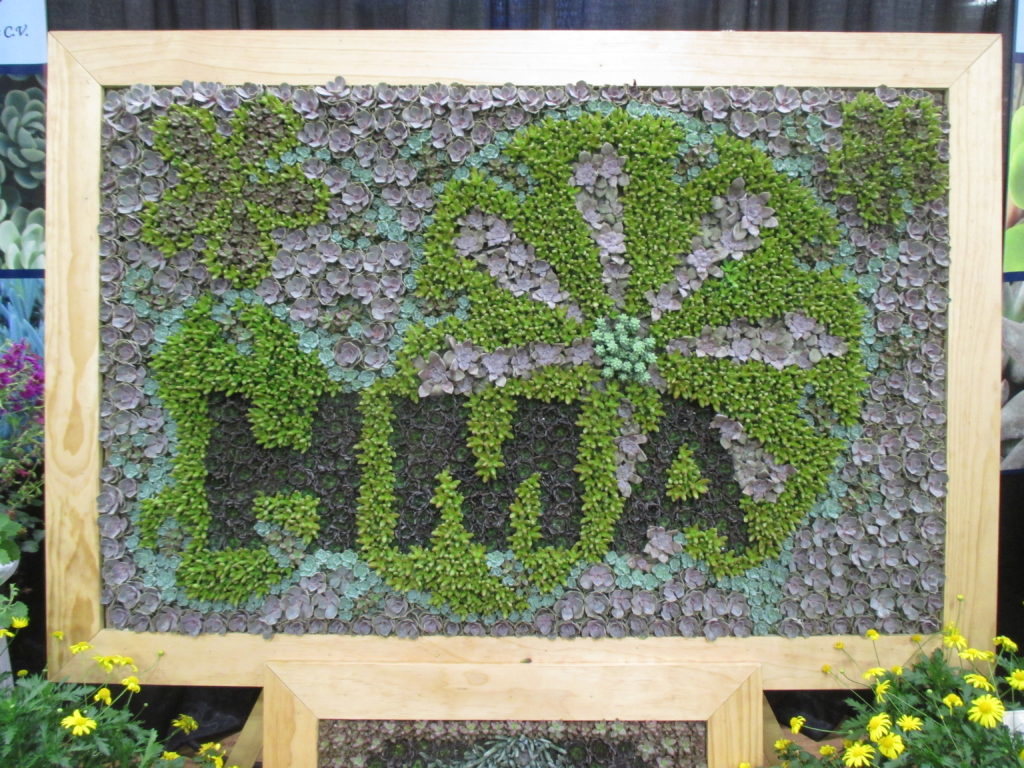
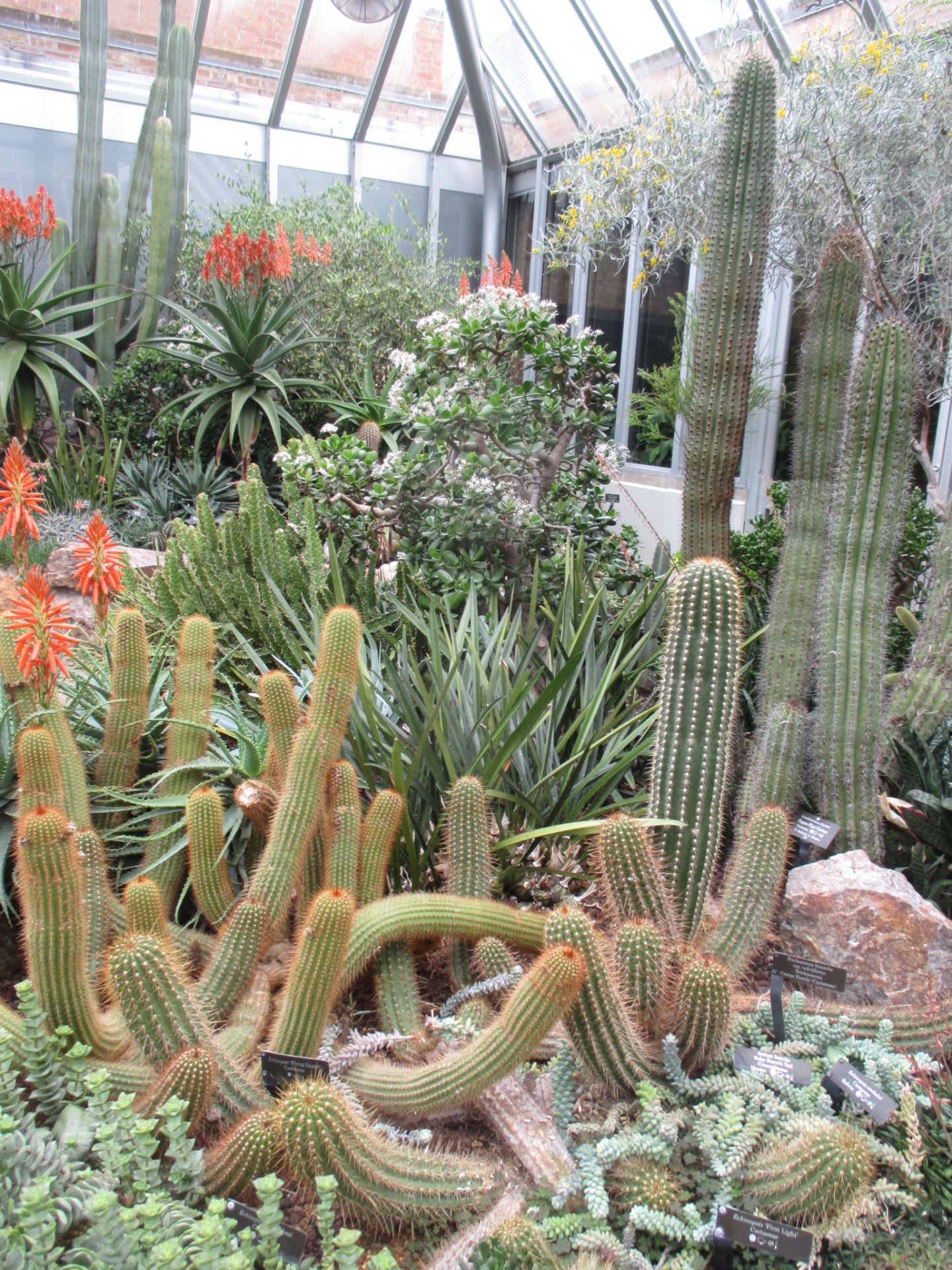
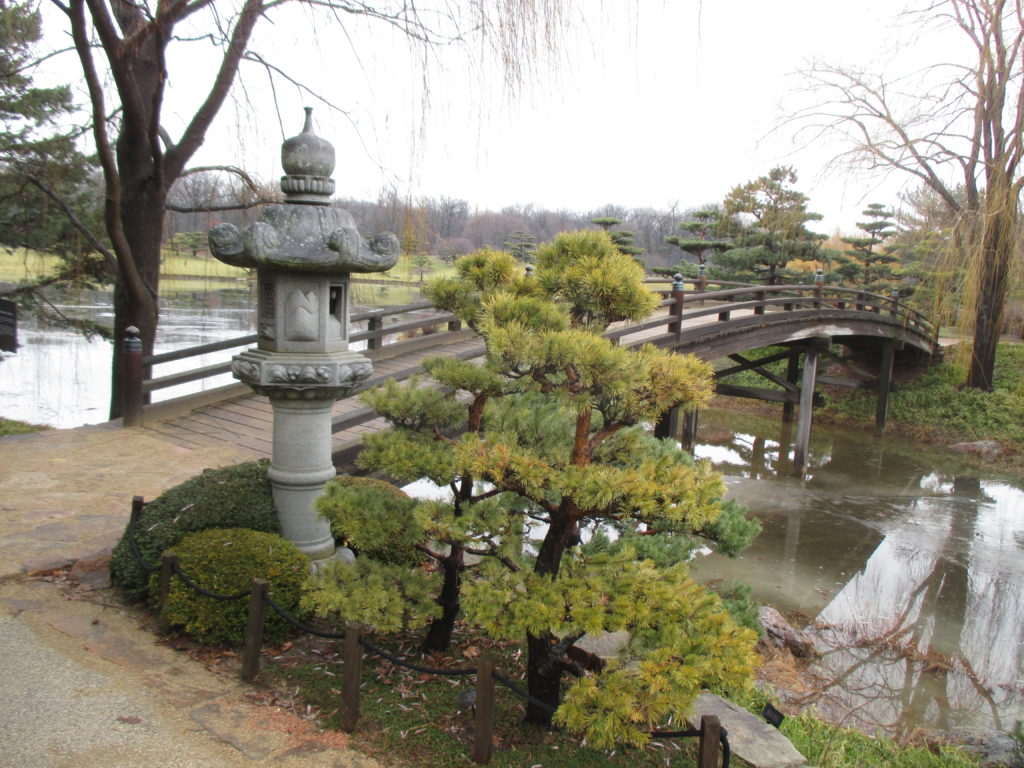
I found myself in Glencoe, IL today visiting the Chicago Botanic Garden. I visited some folks here and have a presentation and tour at the gardens tomorrow morning so I took advantage of 43 degrees F, no rain and no competition out in the gardens. I think I saw four or five people and had “run of the place”. This area of Illinois received the same rain/ice that we’ve had the past couple of days and I heard from Cindy that the icy conditions at RBG are slowing down our Holiday Light Show (HLS) retrieval too. Despite lots of puddles, I made it through most of the garden. There isn’t much we can do about Mother Nature and I found my garden jaunt today to be refreshing as I snapped a quick 622 photos of neat things out in the gardens. It was nice to look at conifers, grasses, colorful stems, ornamental bark and of course, the conservatories. Above and below are just some of the shots I took today. I had lunch with Andrew Bunting and Tim Pollack at the gardens and was exploring both before and after the lunch hour.
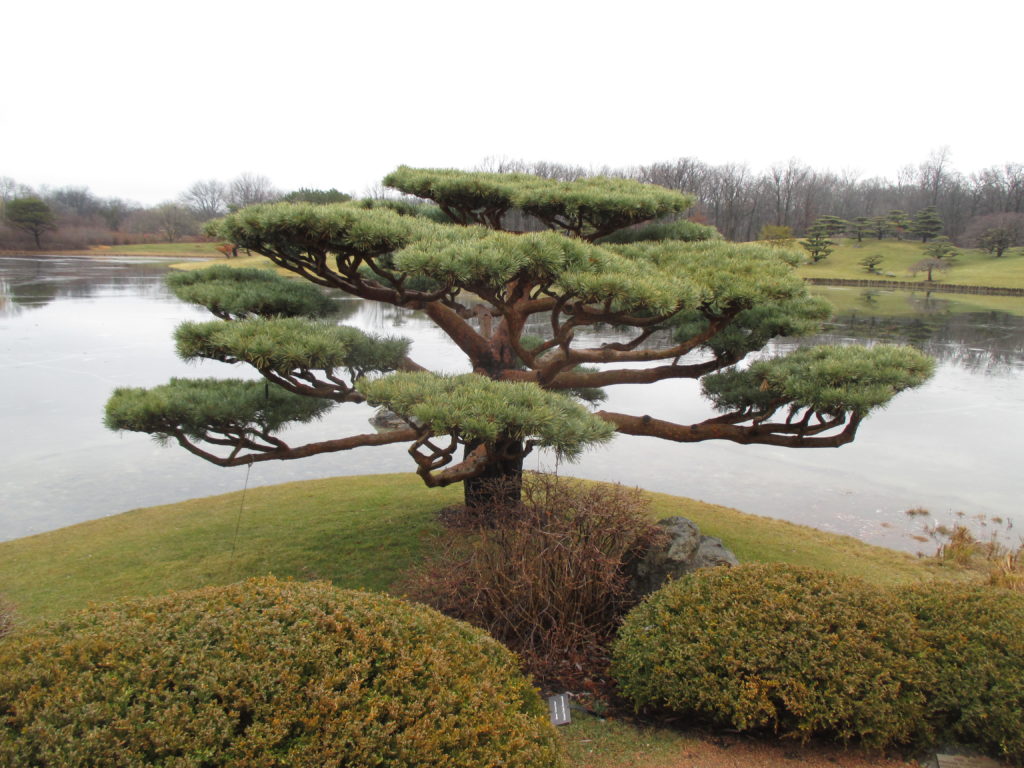
The Elizabeth Hubert Malott Japanese Garden is always exceptional any day of the year!
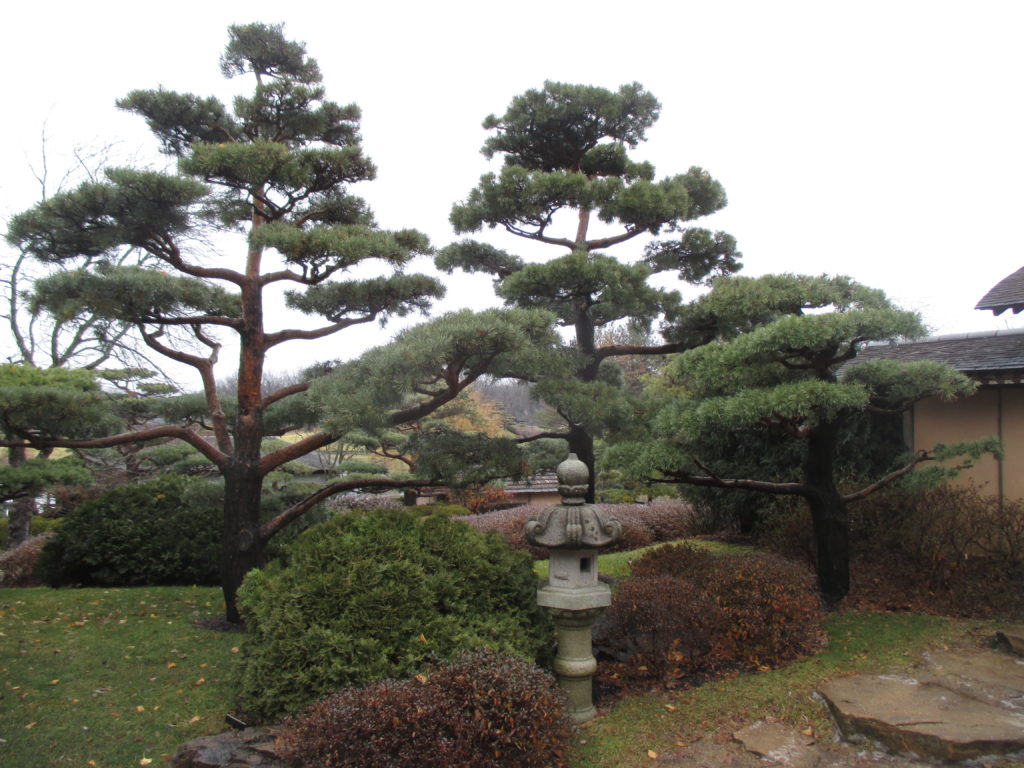
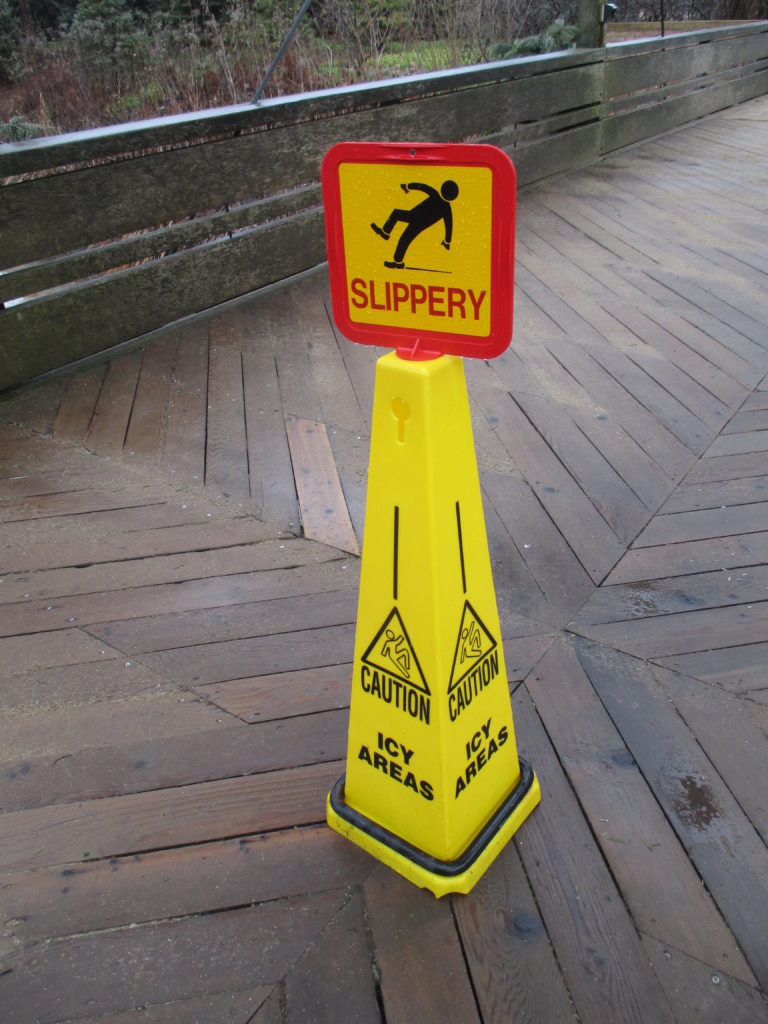
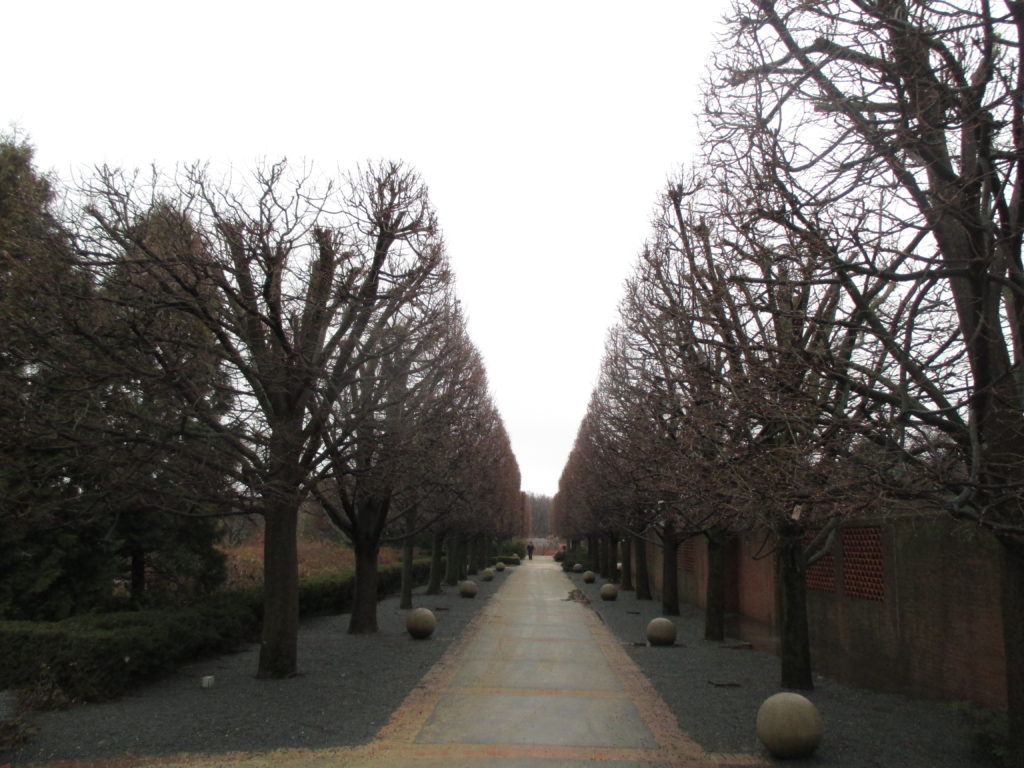
trimmed lindens (Tilia sp.)
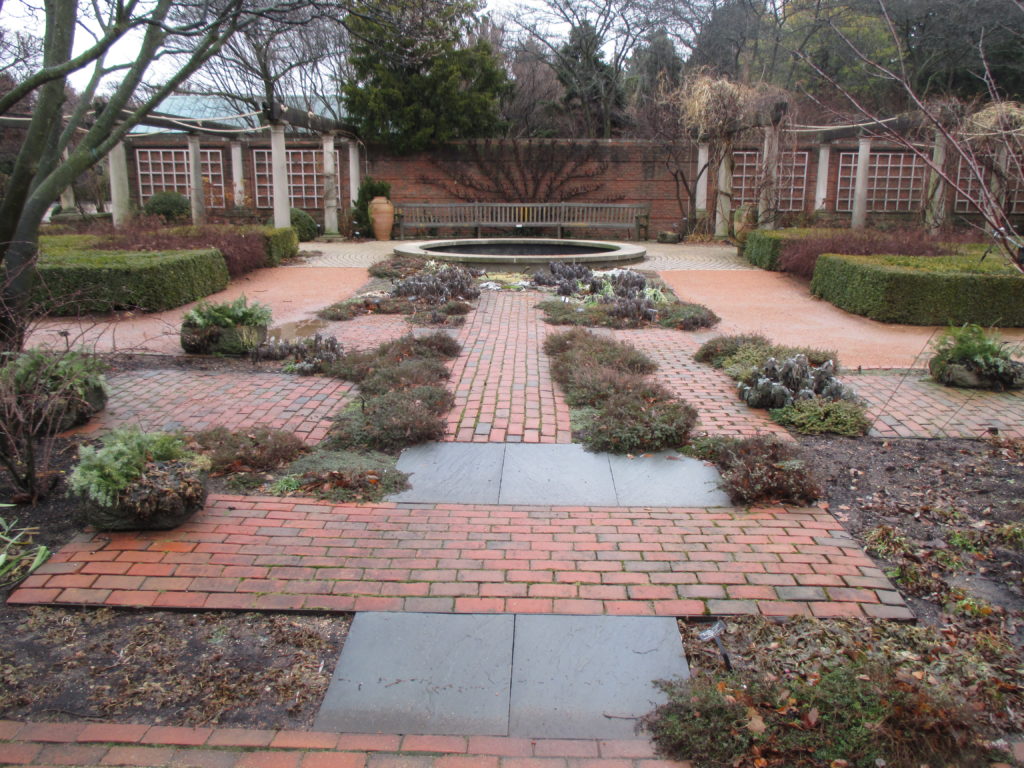
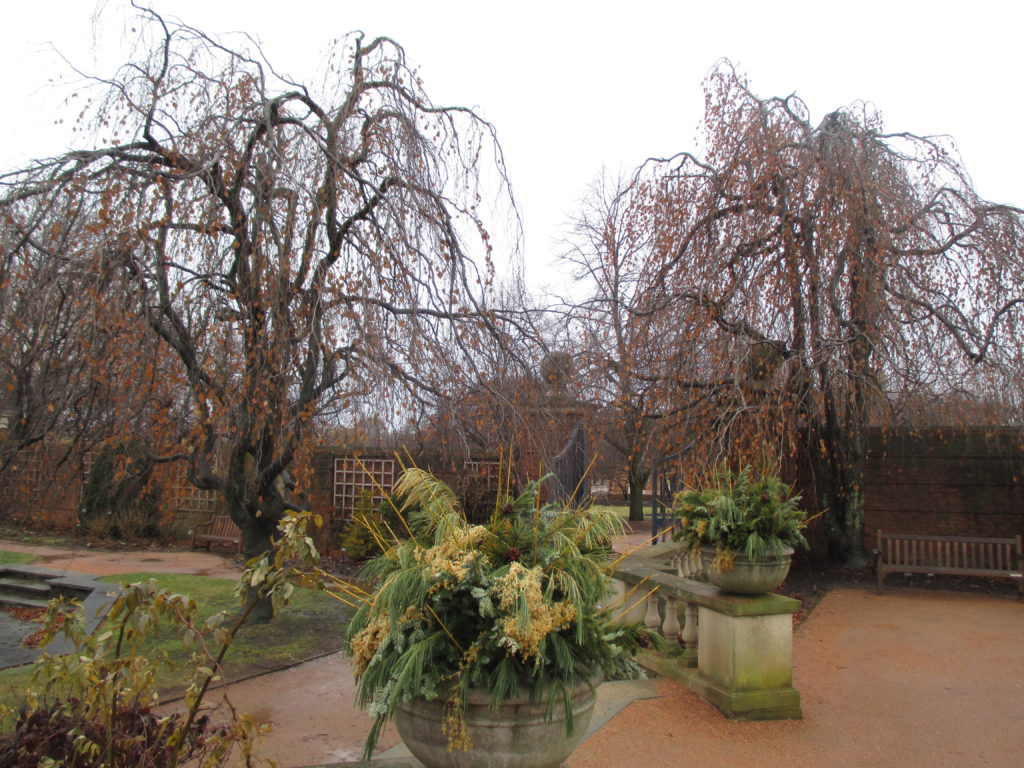
two weeping European beeches (Fagus sylvatica) looking picturesque
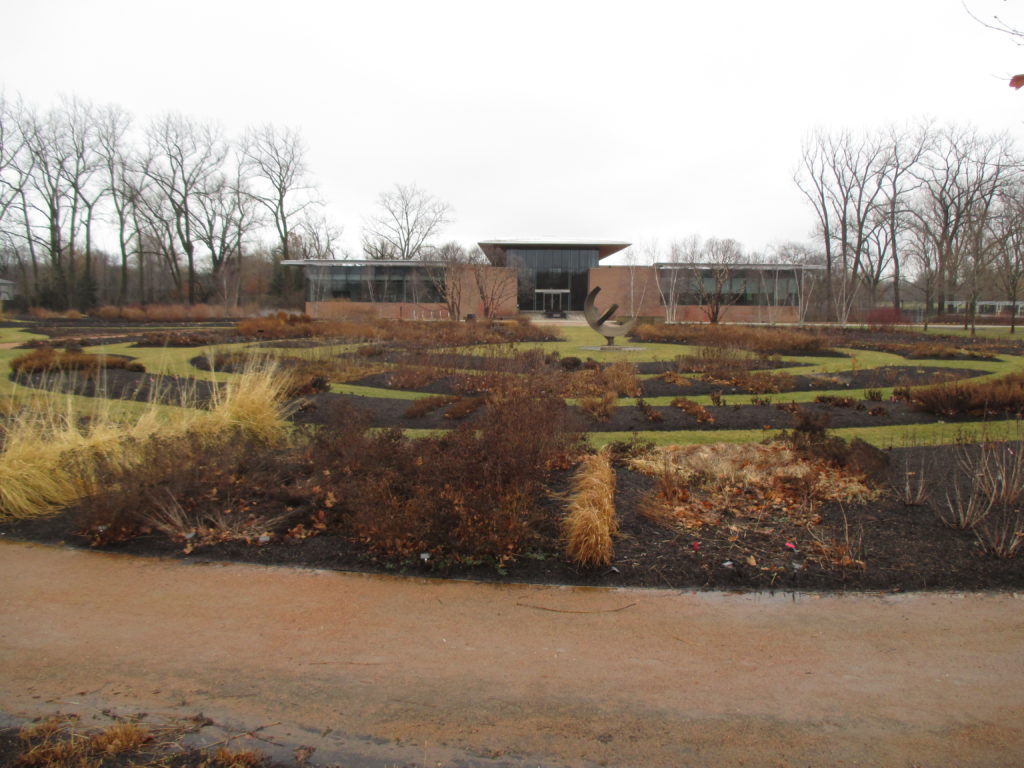
The Daniel F. and Ada L. Rice Plant Conservation Science Center with trial beds in the foreground
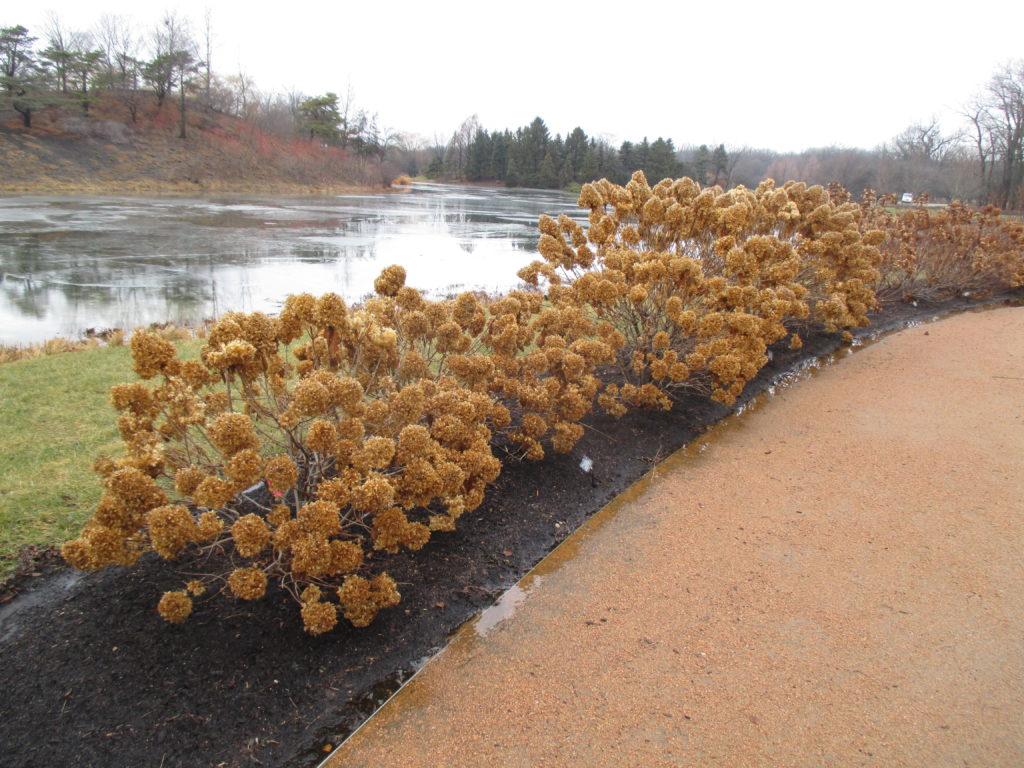
panicled hydrangea (Hydrangea paniculata) trials
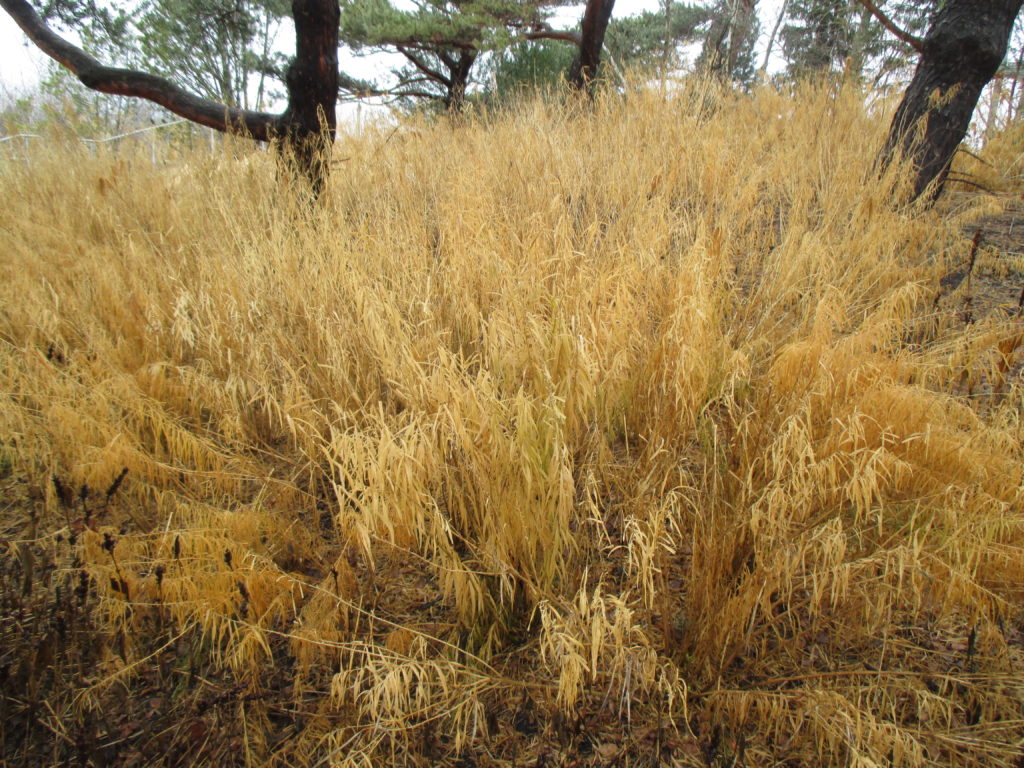
bluestar (Amsonia ‘Lemon Drop’) – perennial
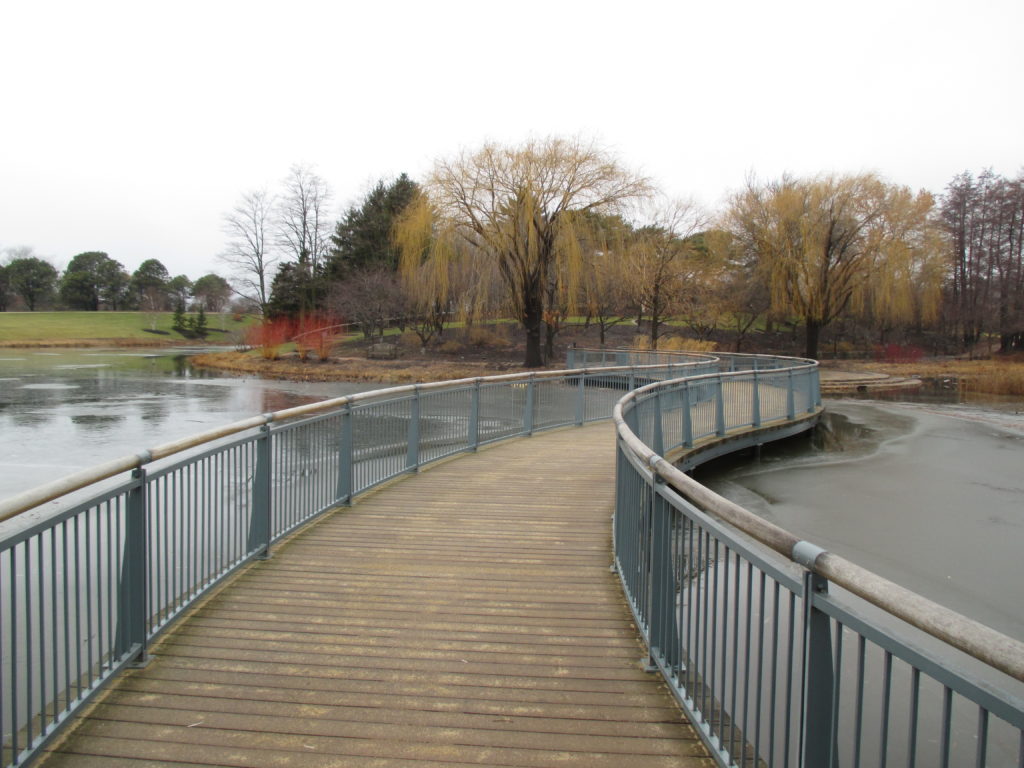
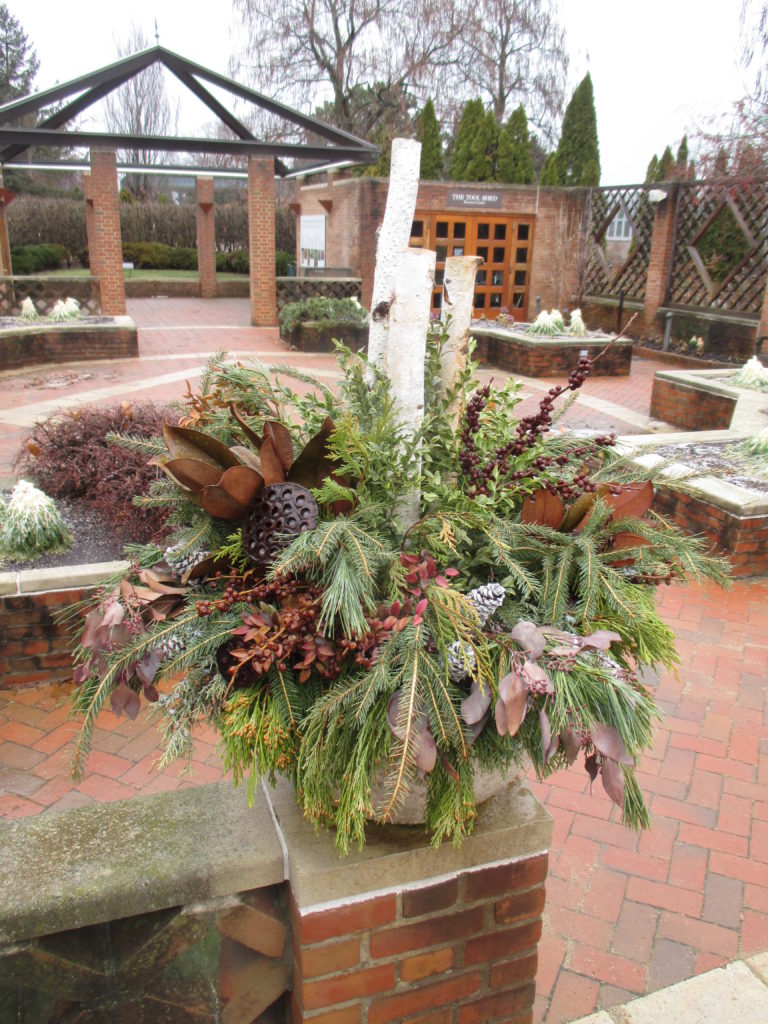
cool winter containers
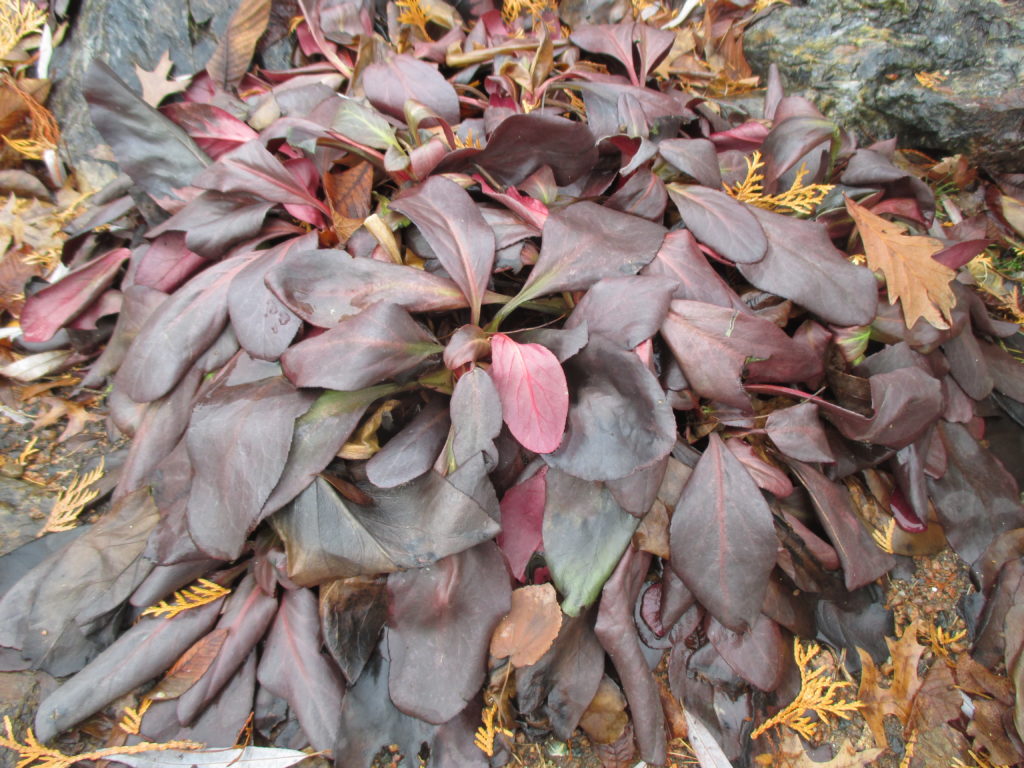
pigsqueak (Bergenia ‘Cabernet’) – perennial
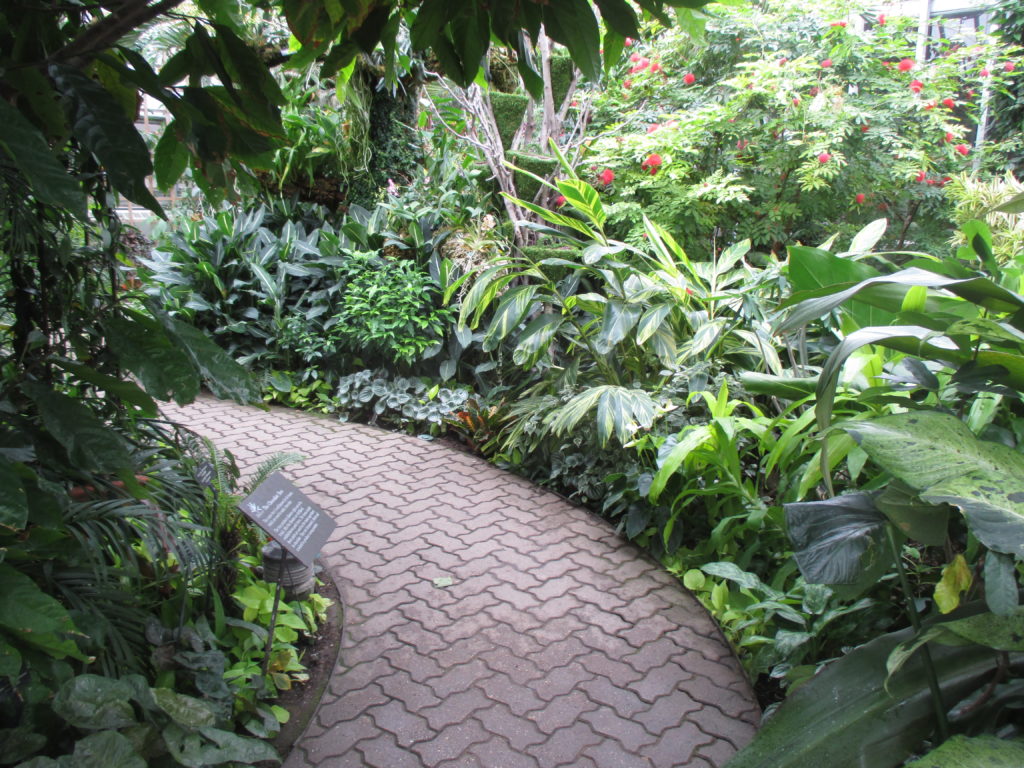
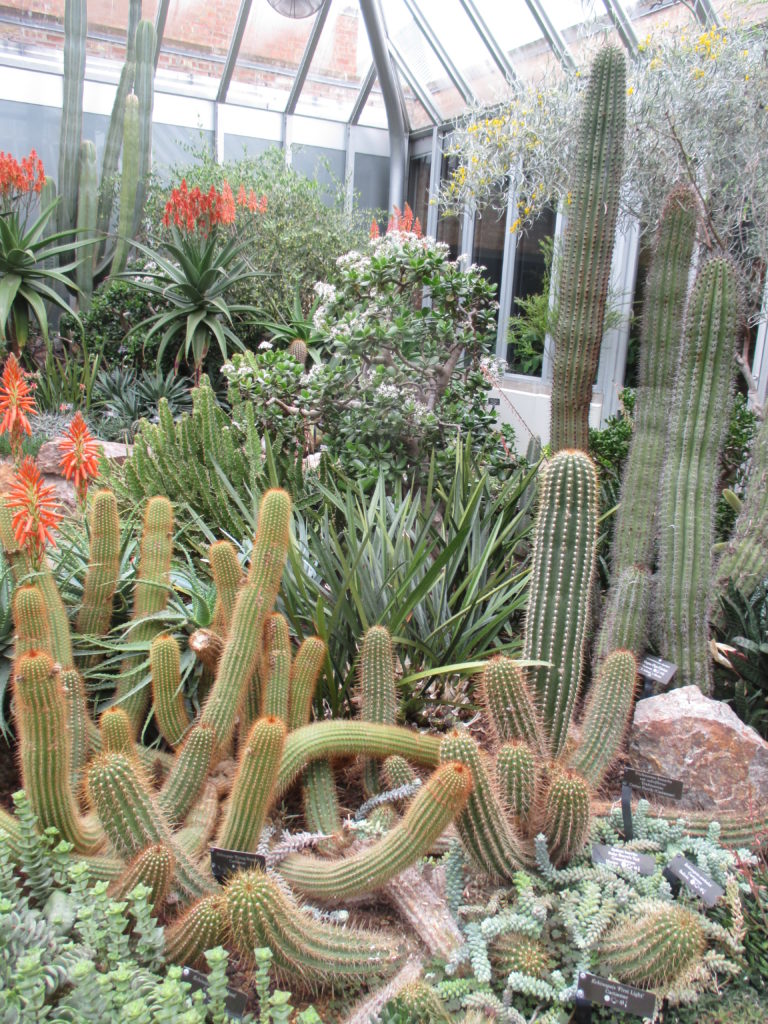
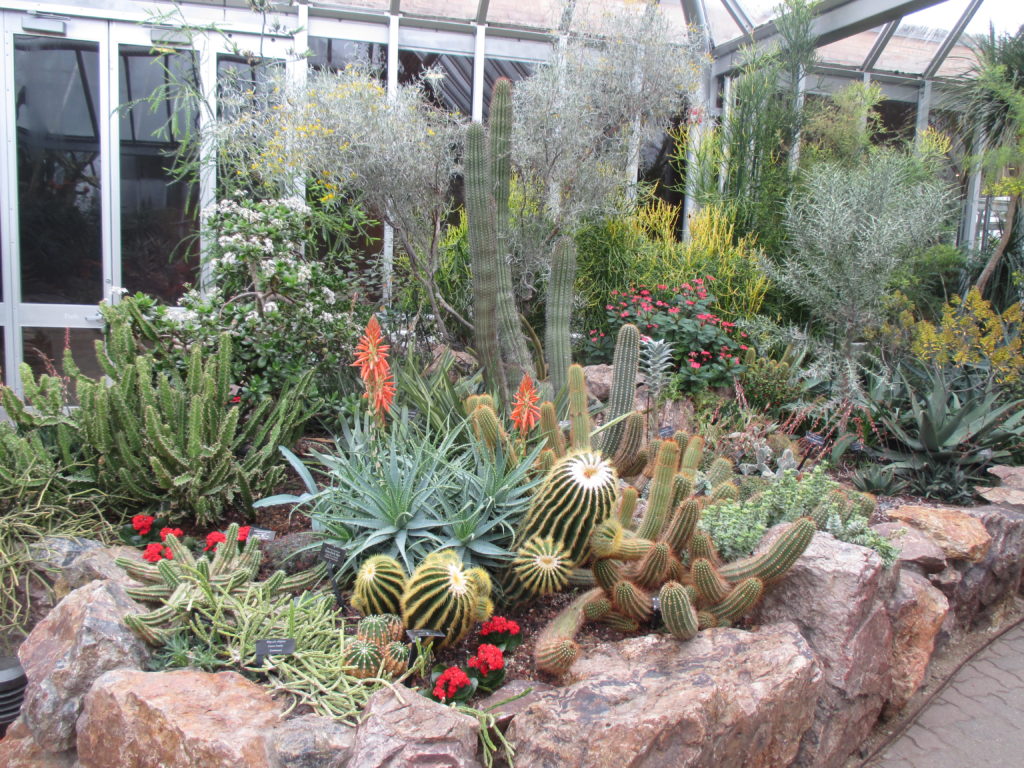
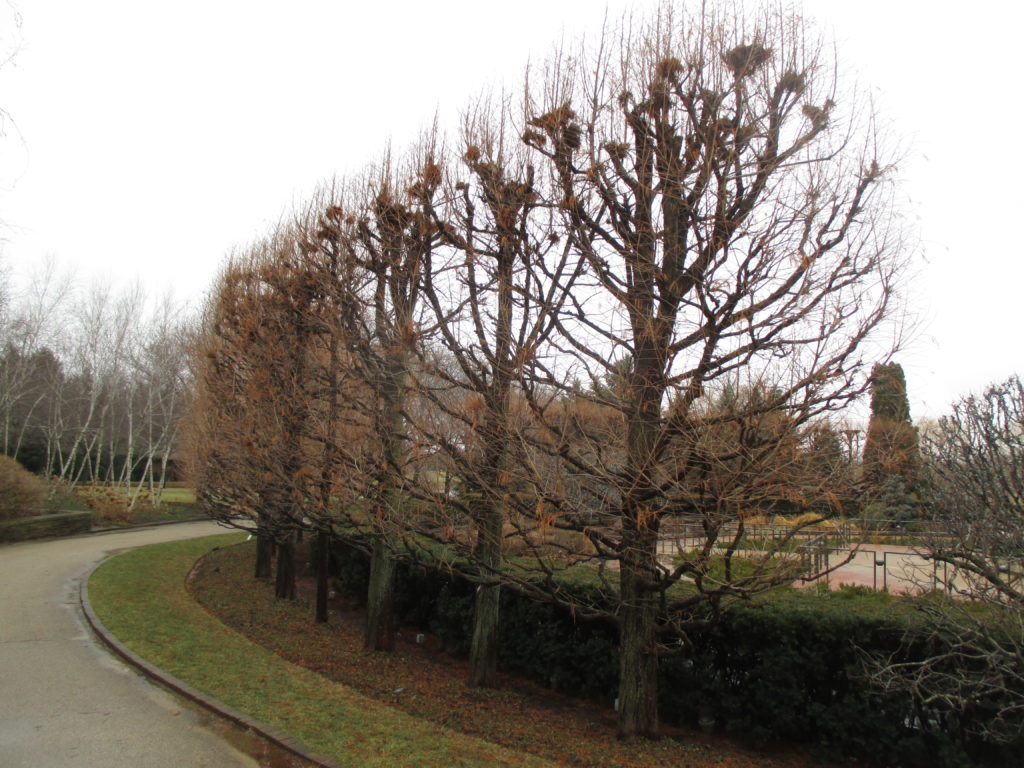
shaped hedge of bald cypress (Taxodium distichum) – deciduous conifer
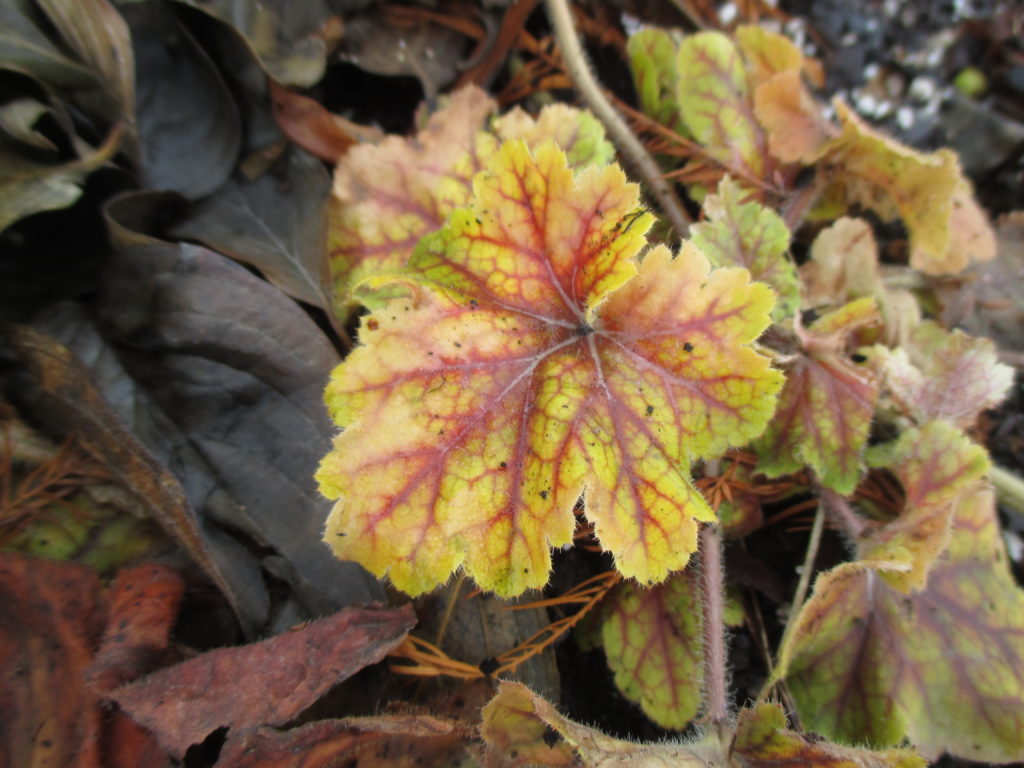
coral bells (Heuchera ‘Electra’) – perennial
